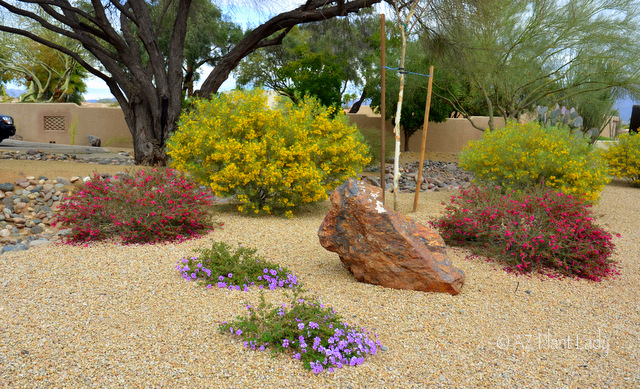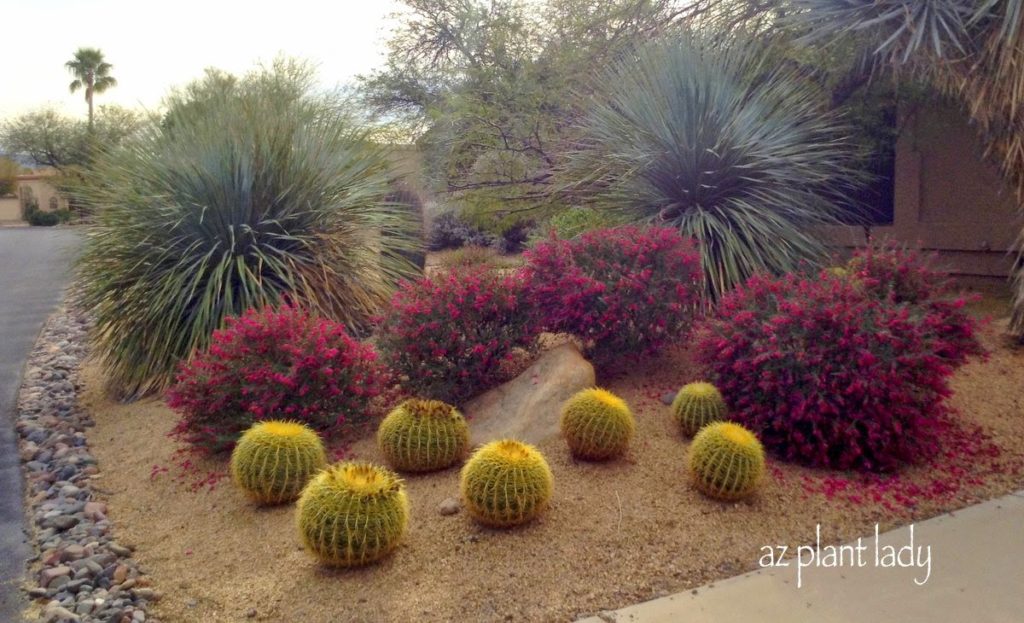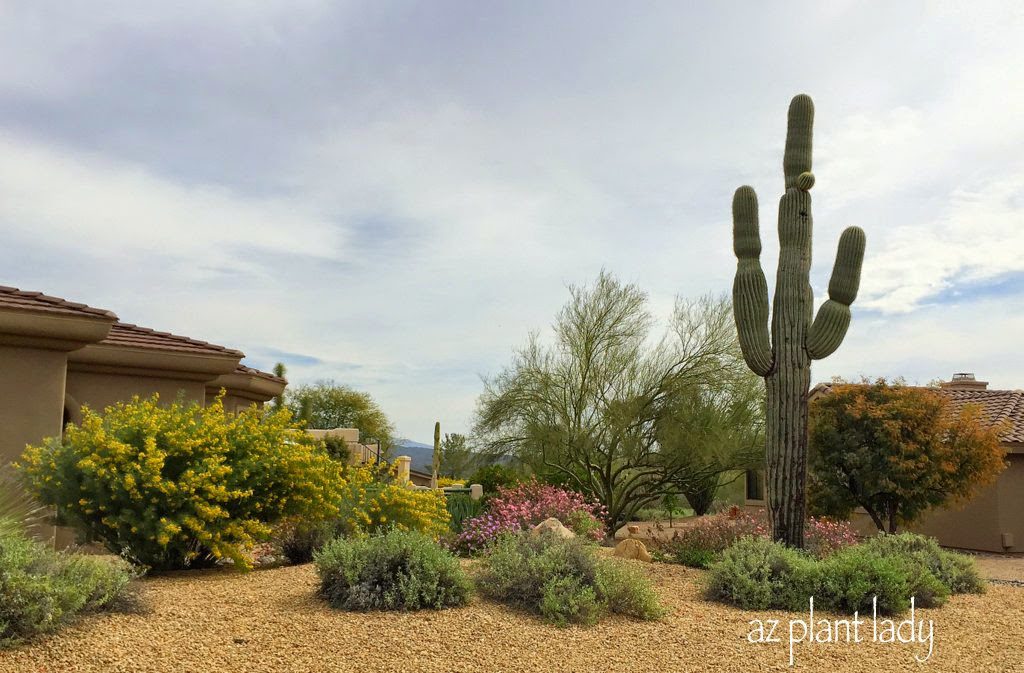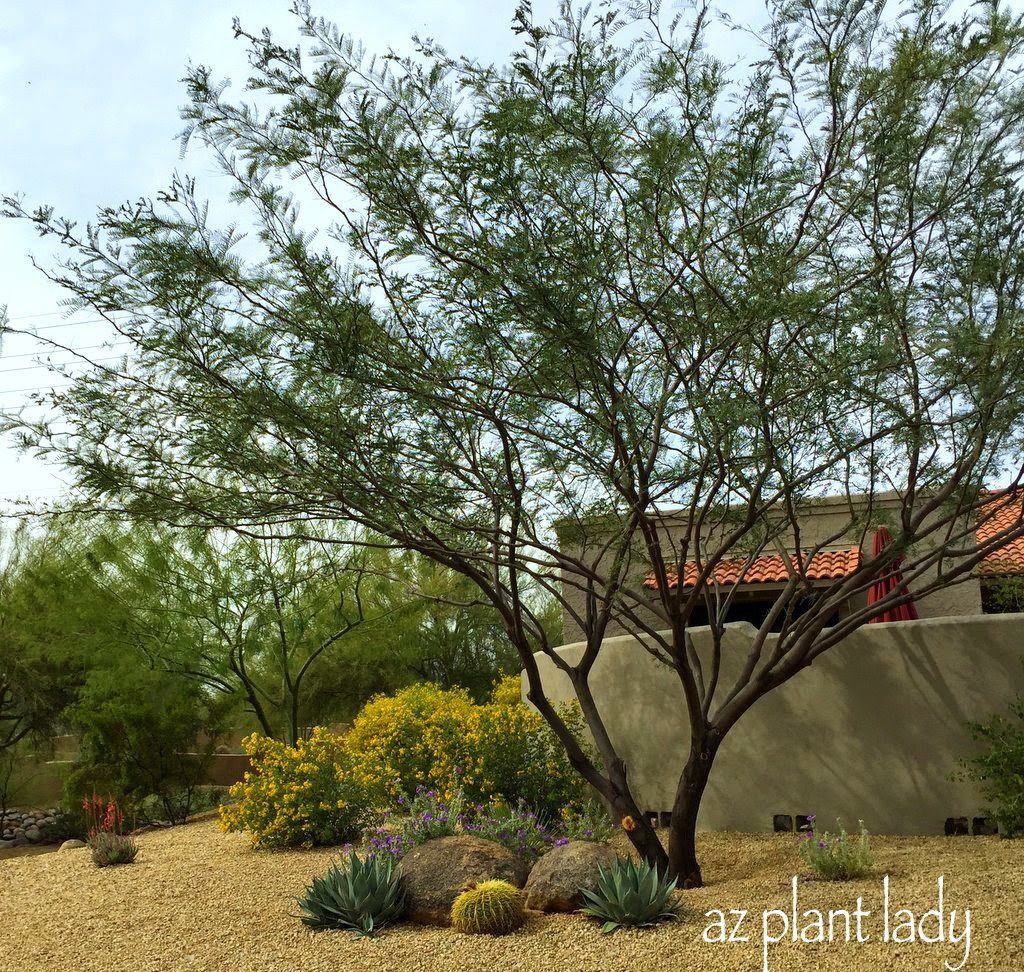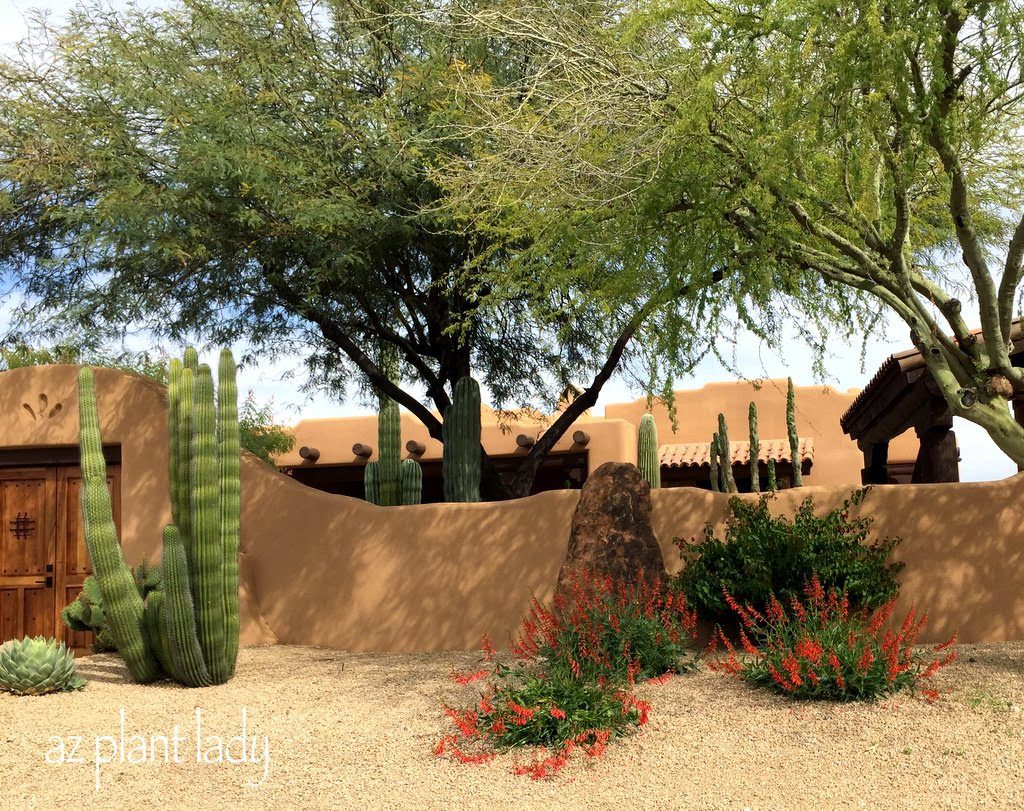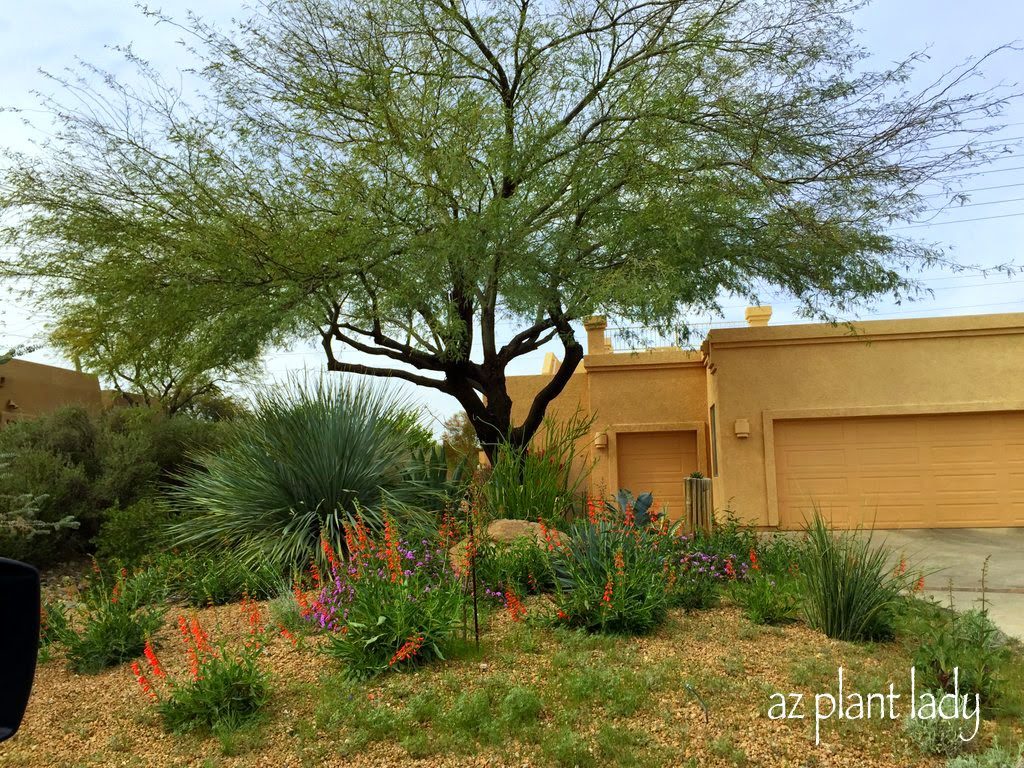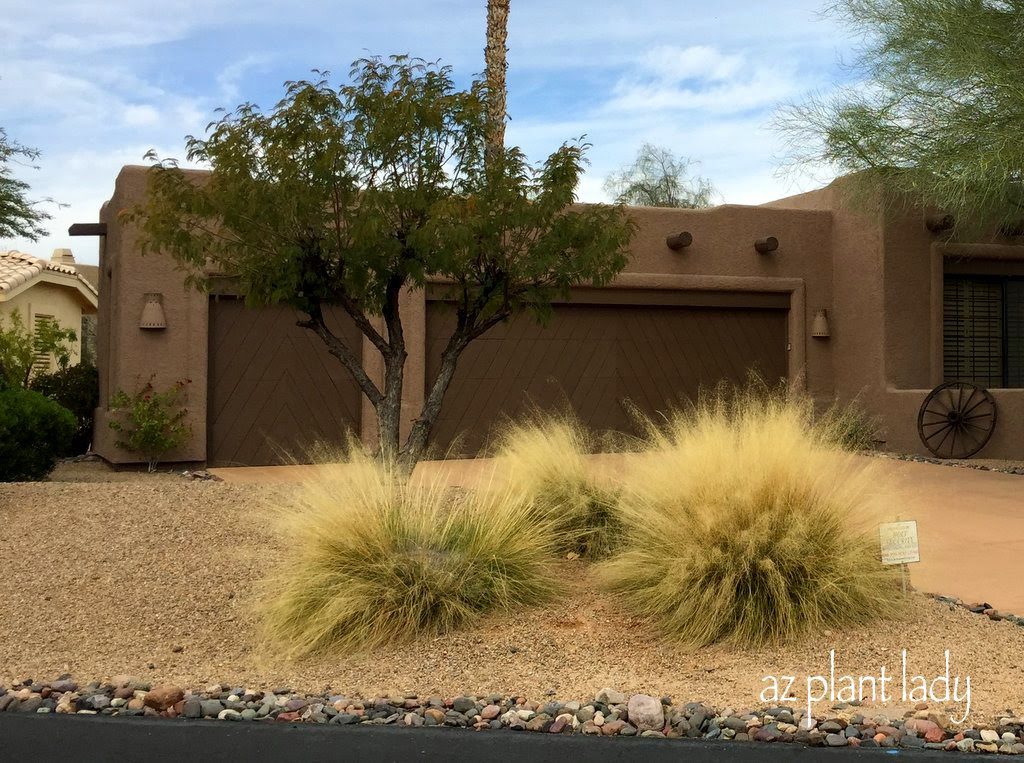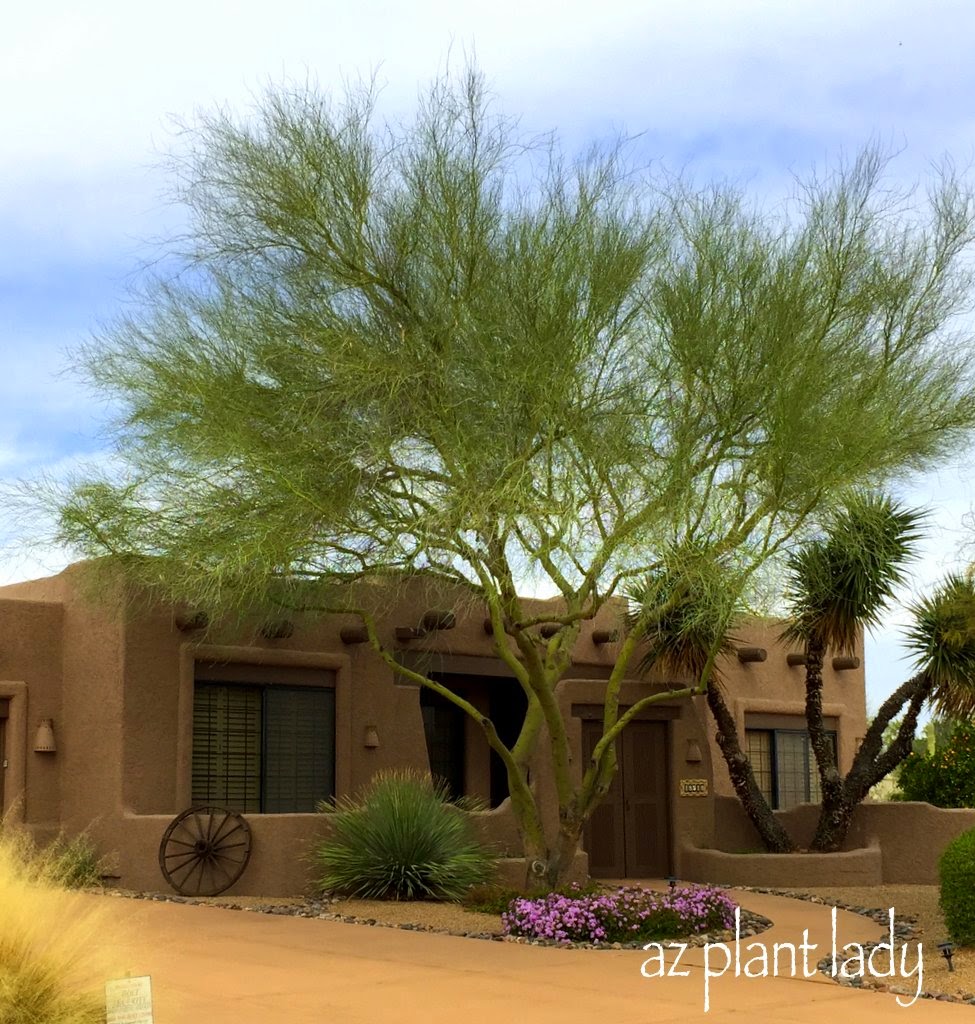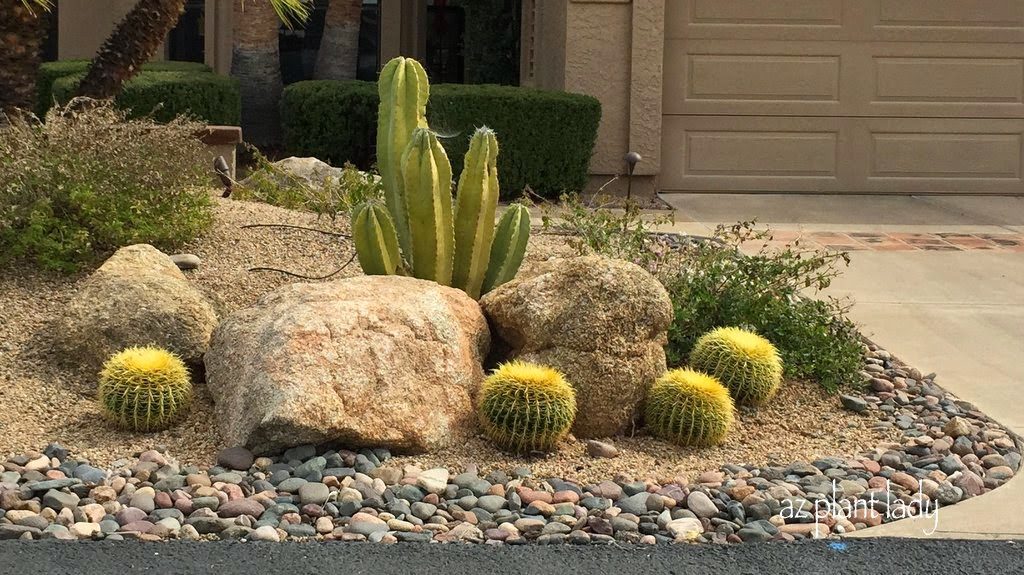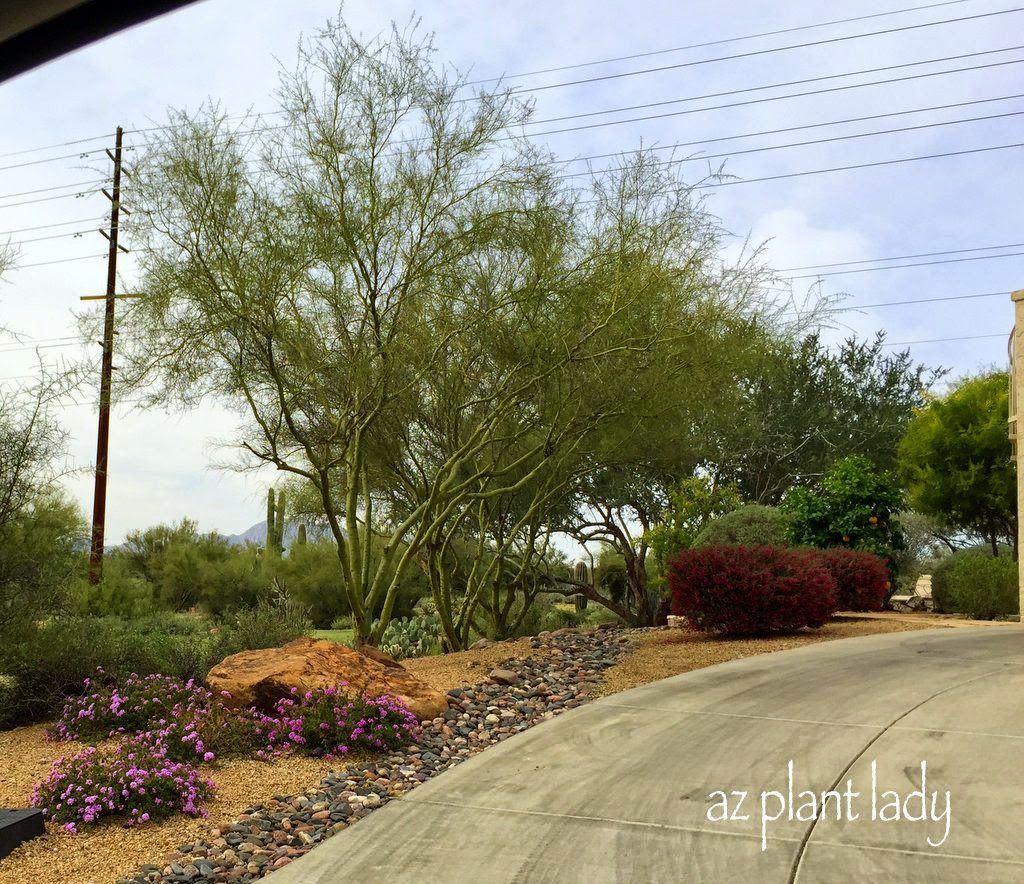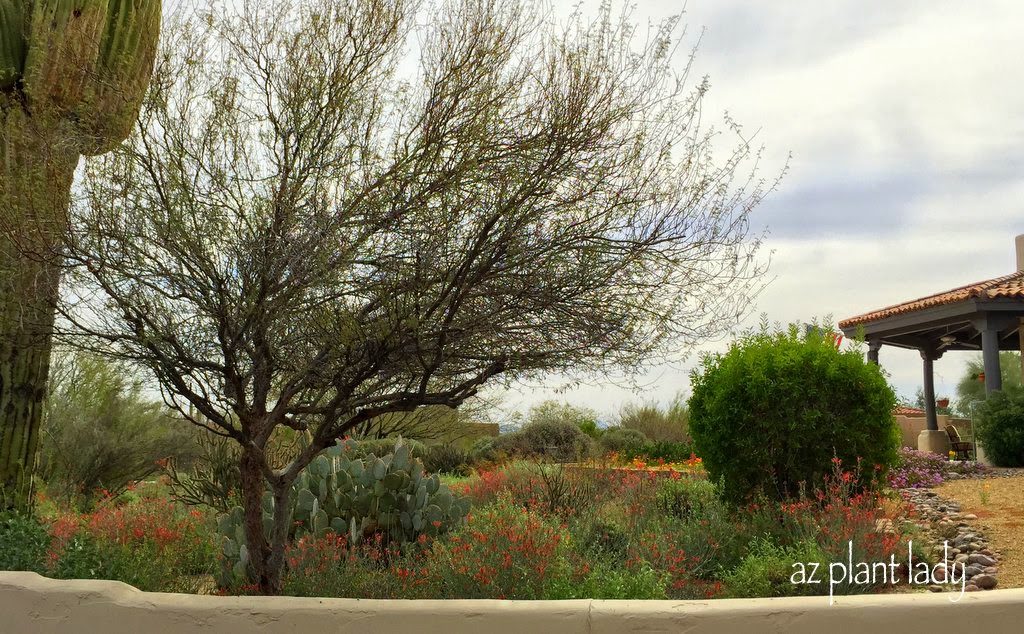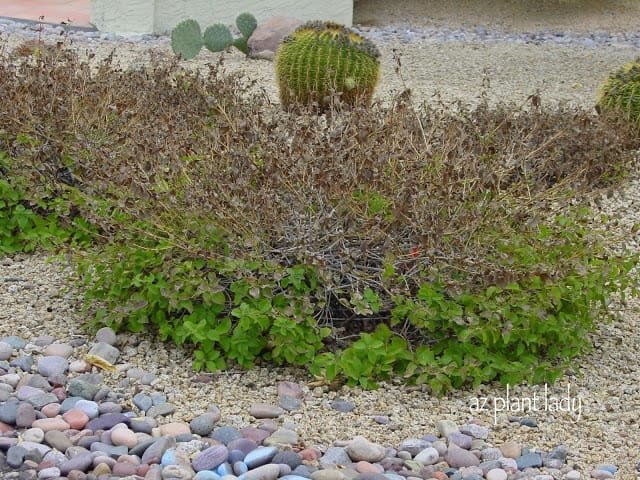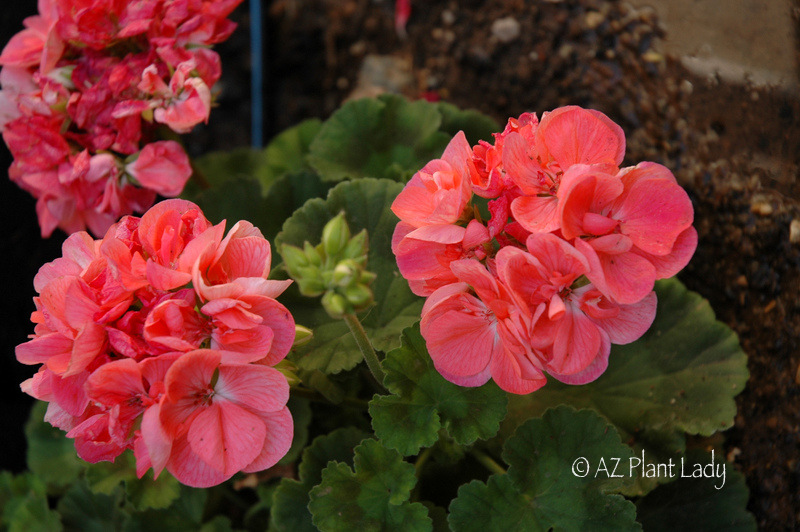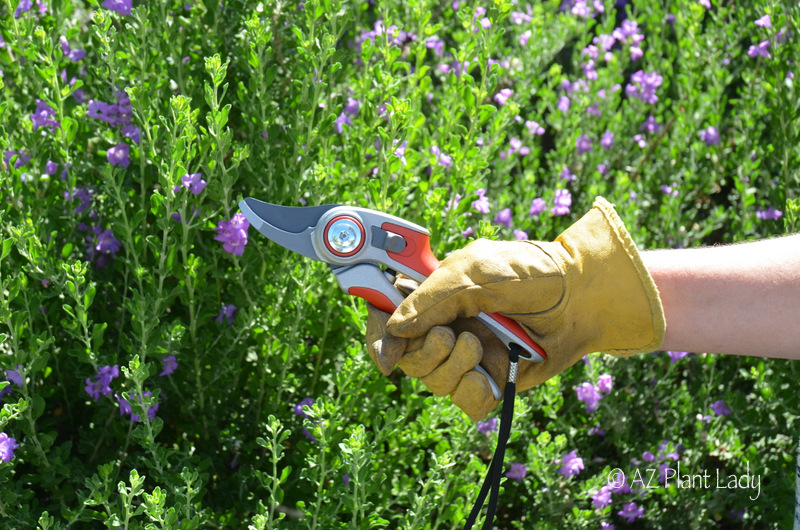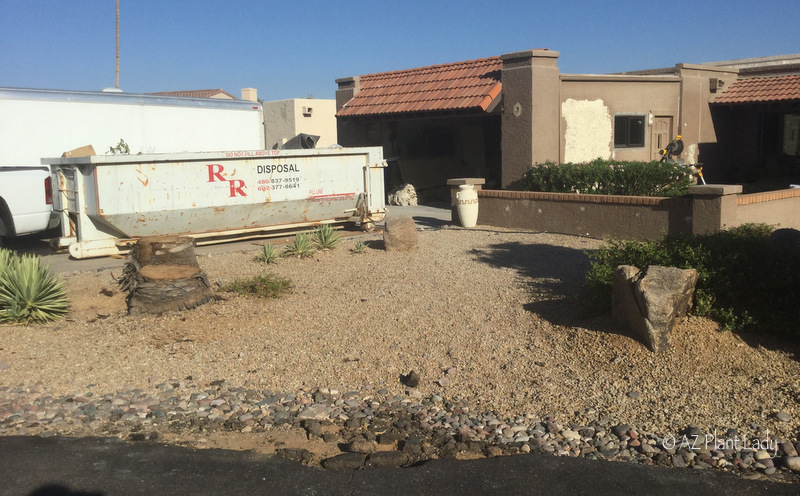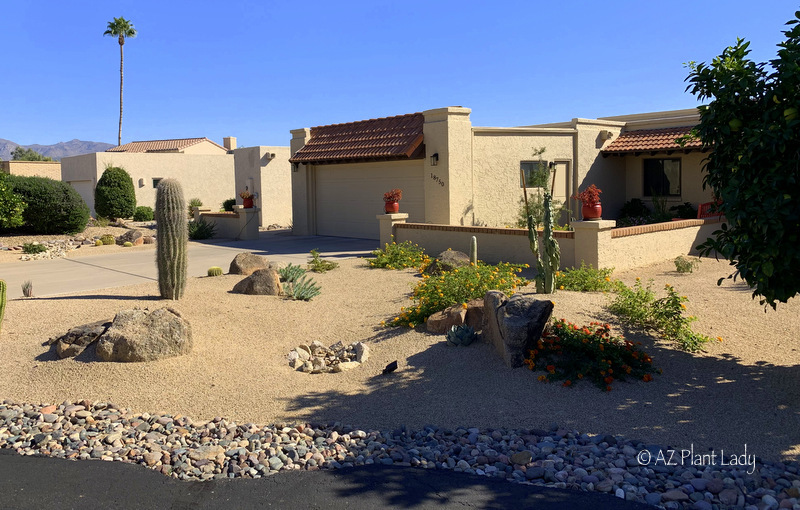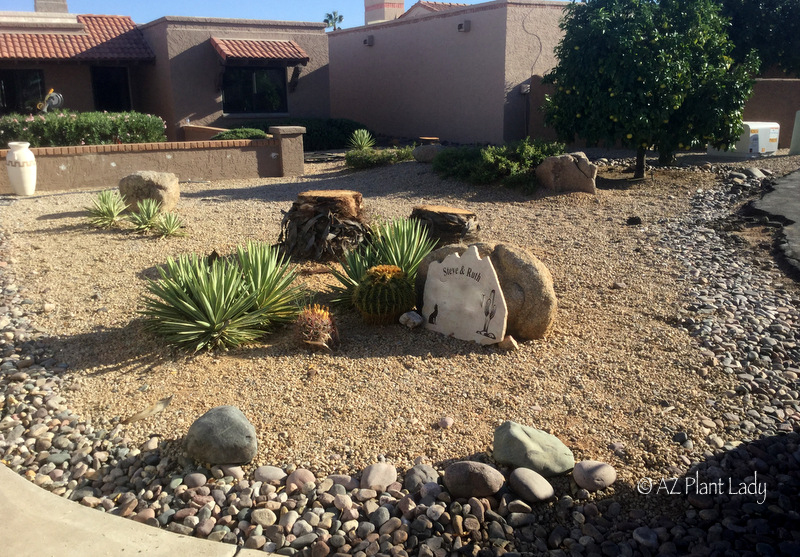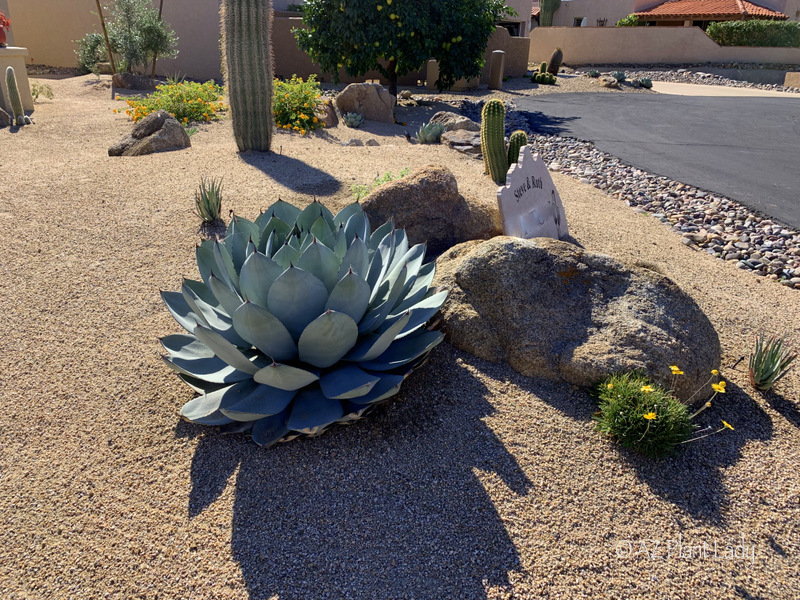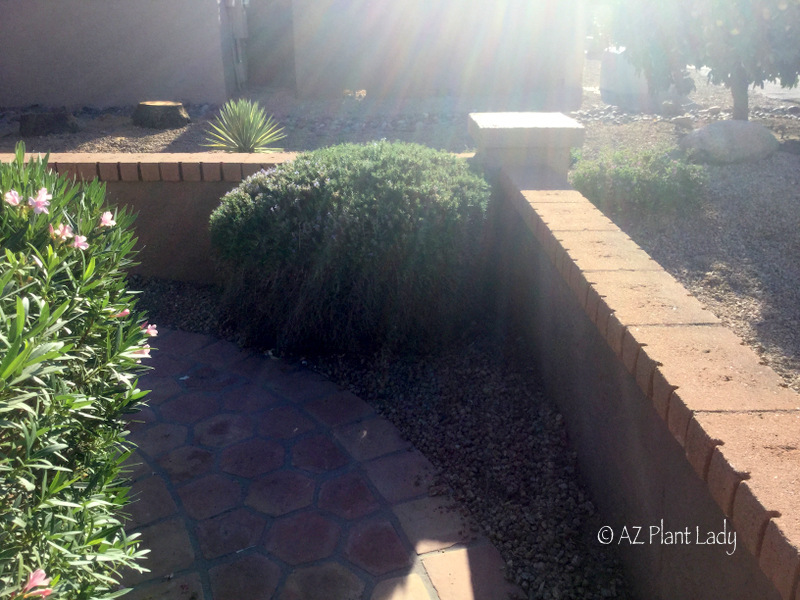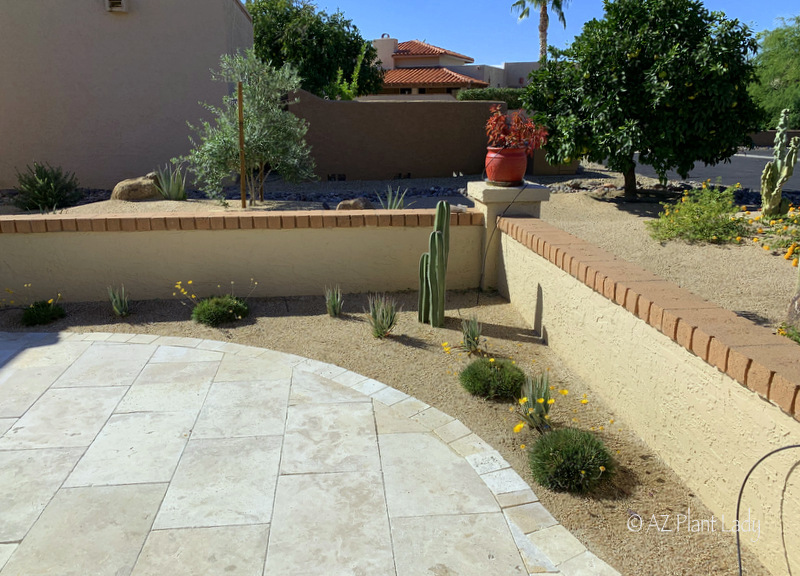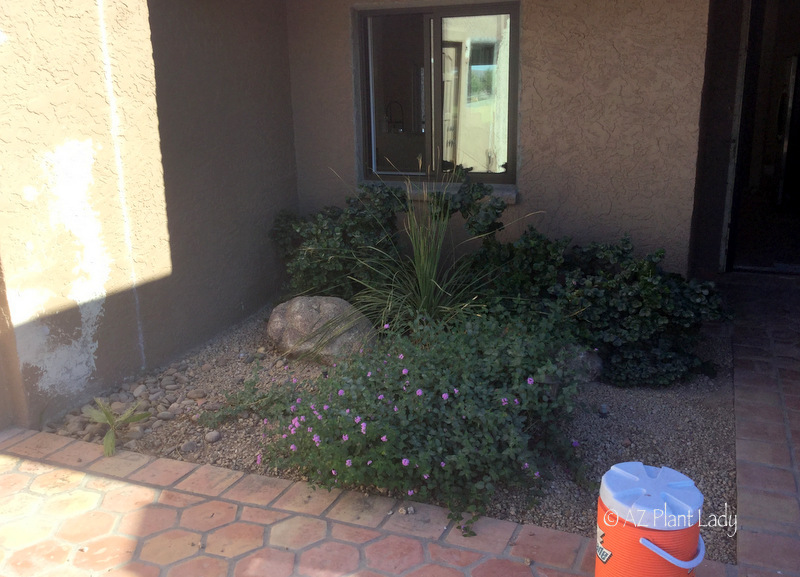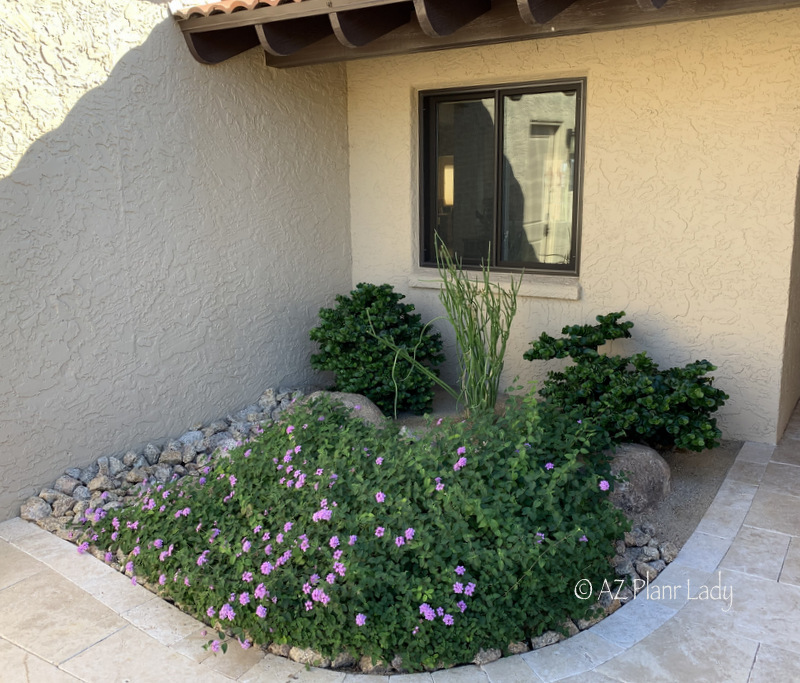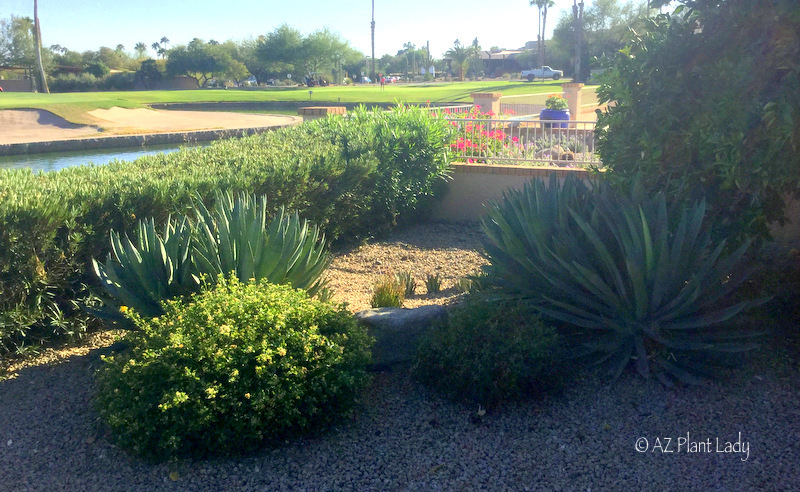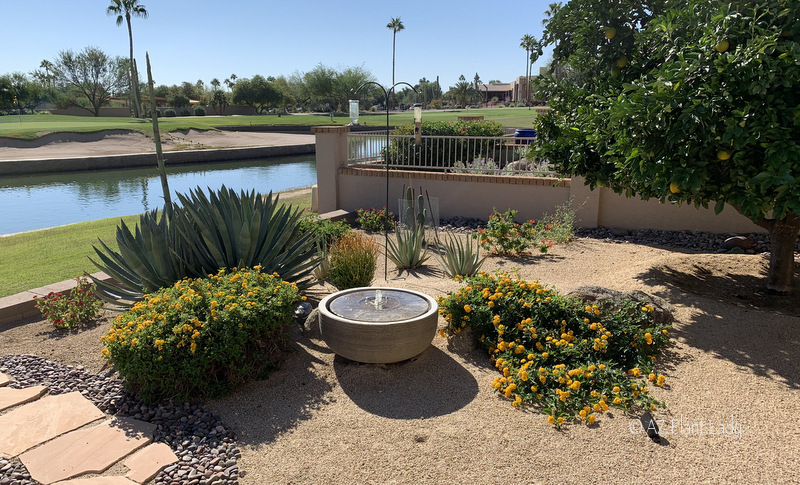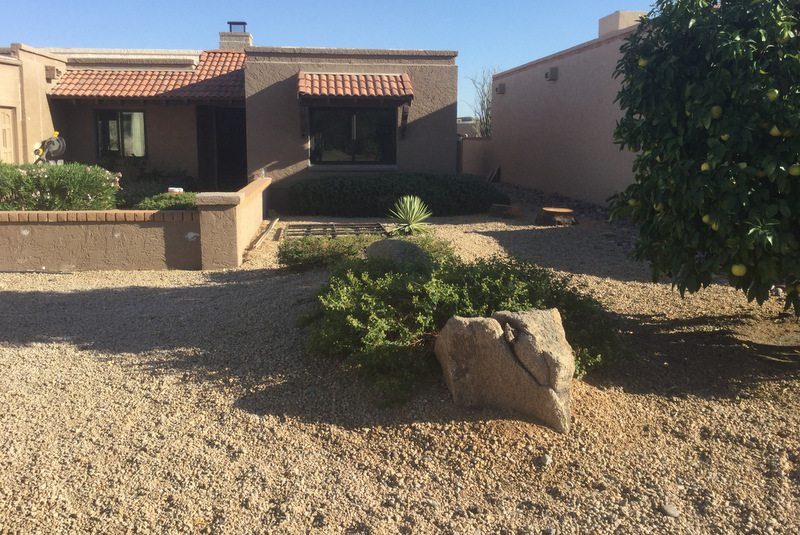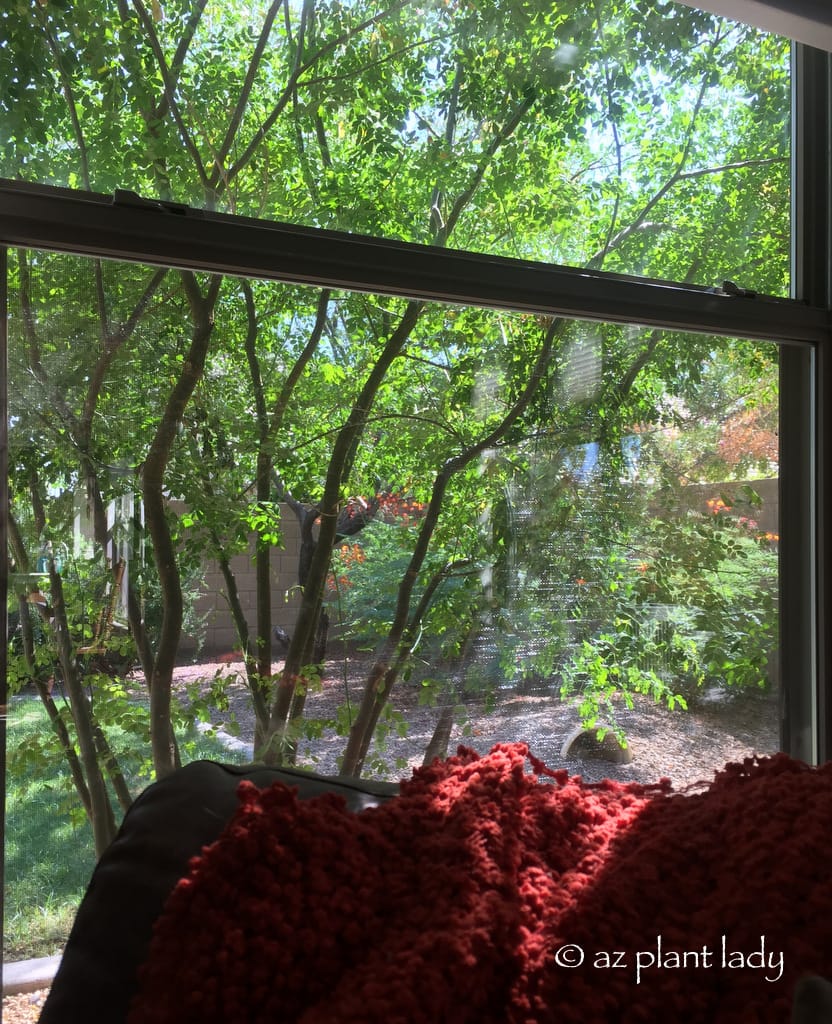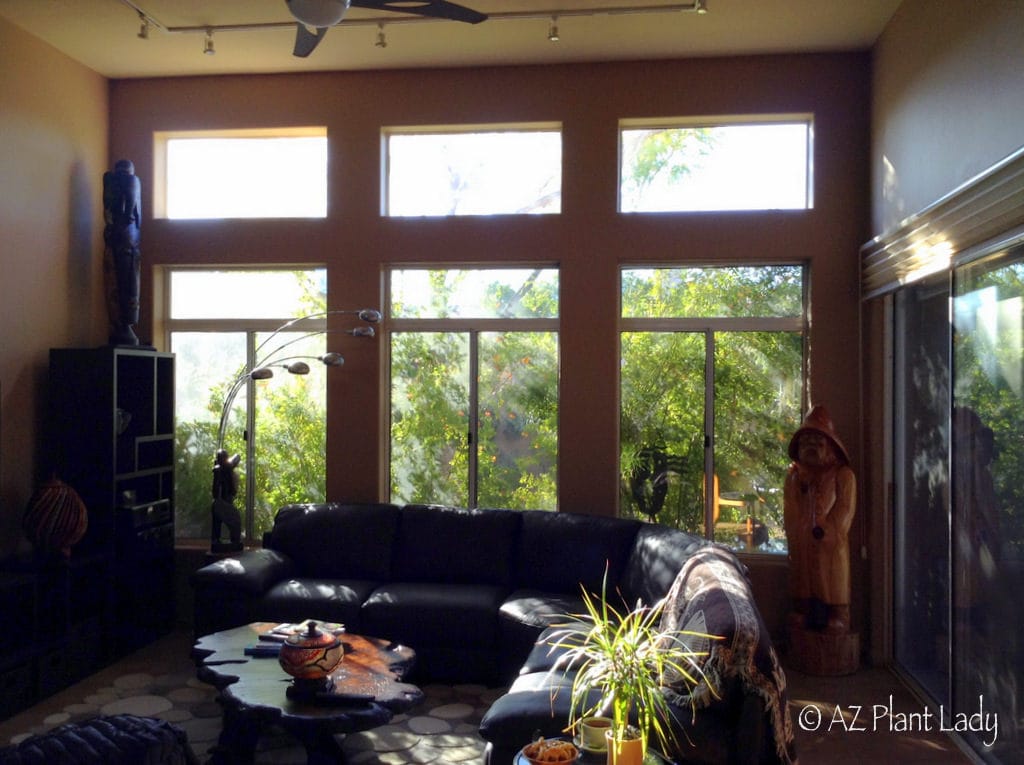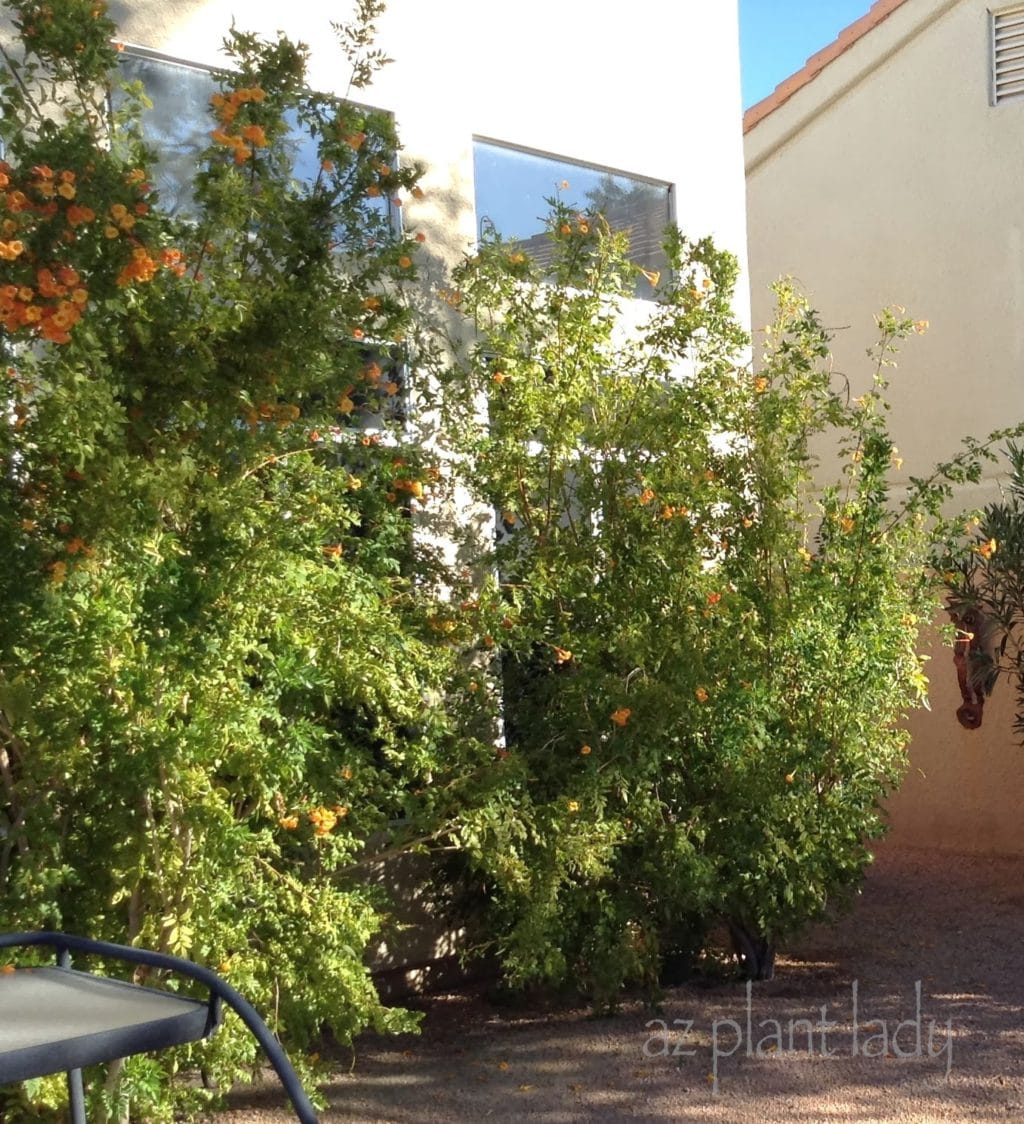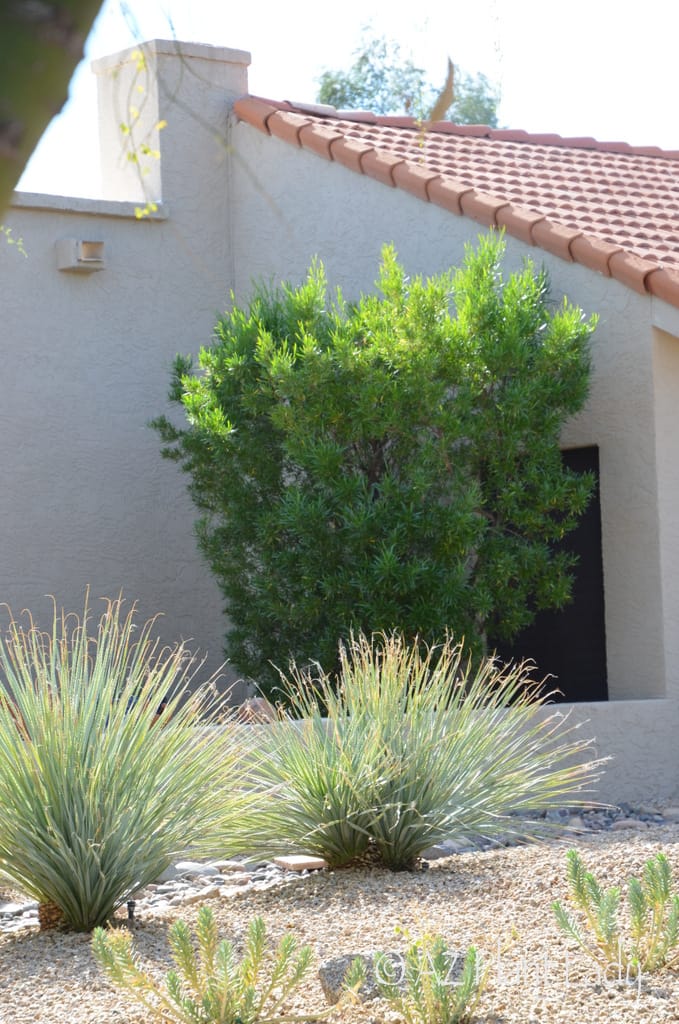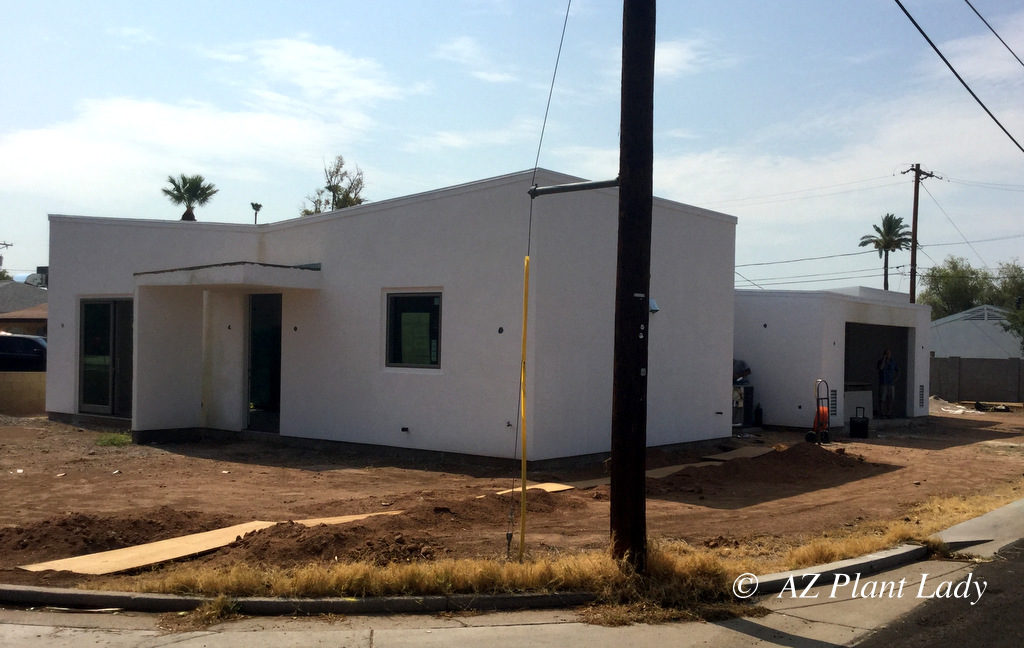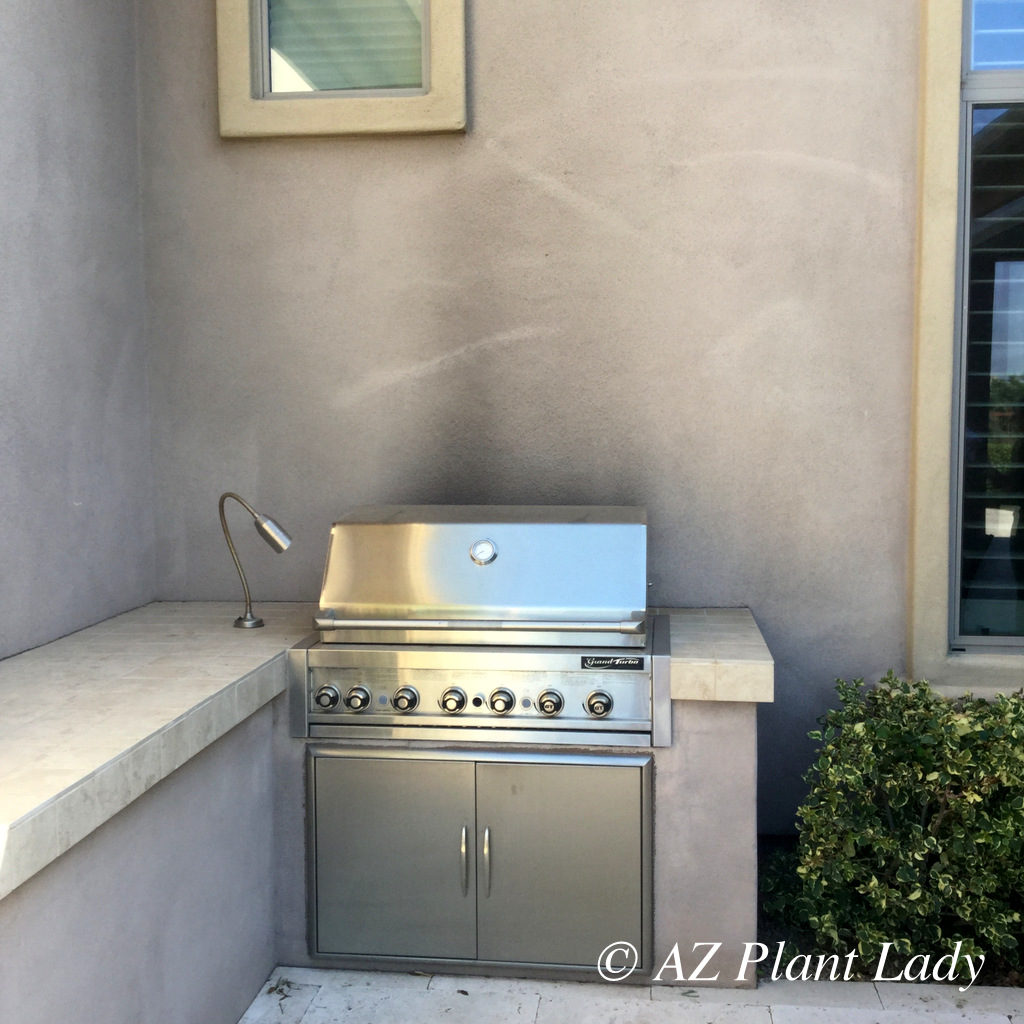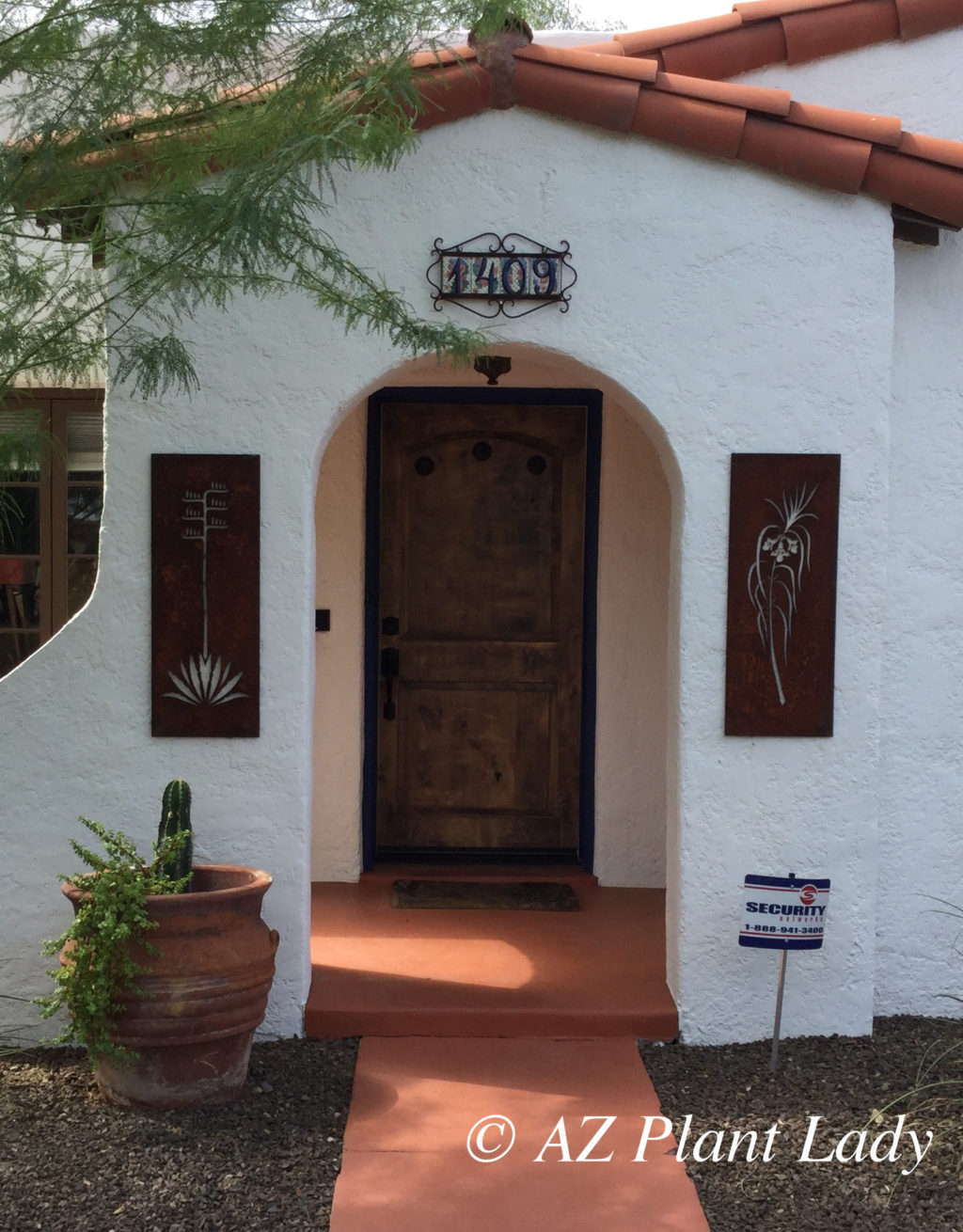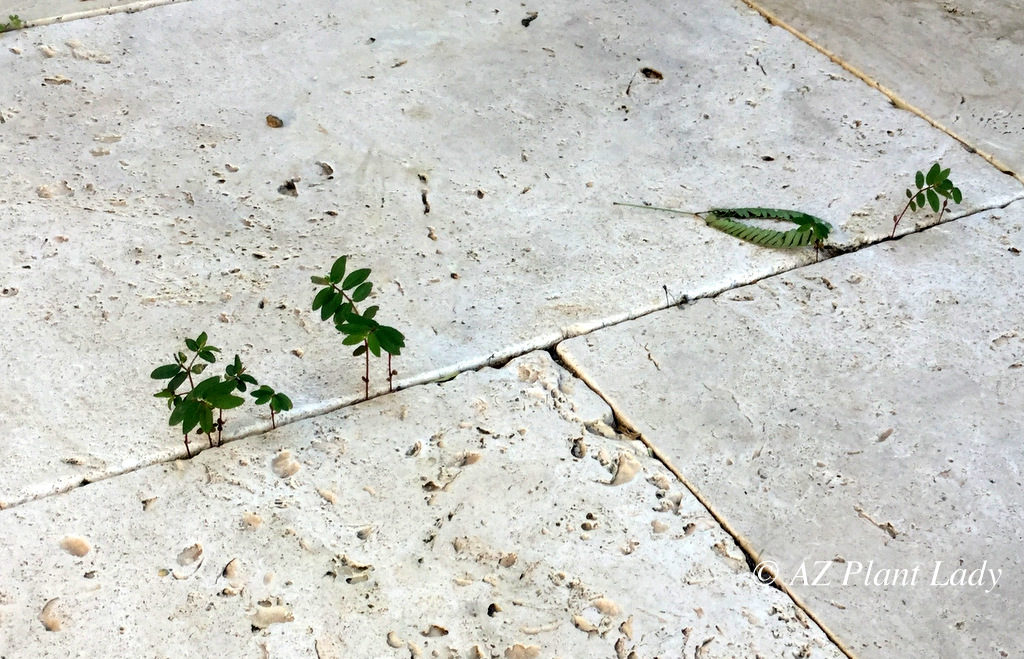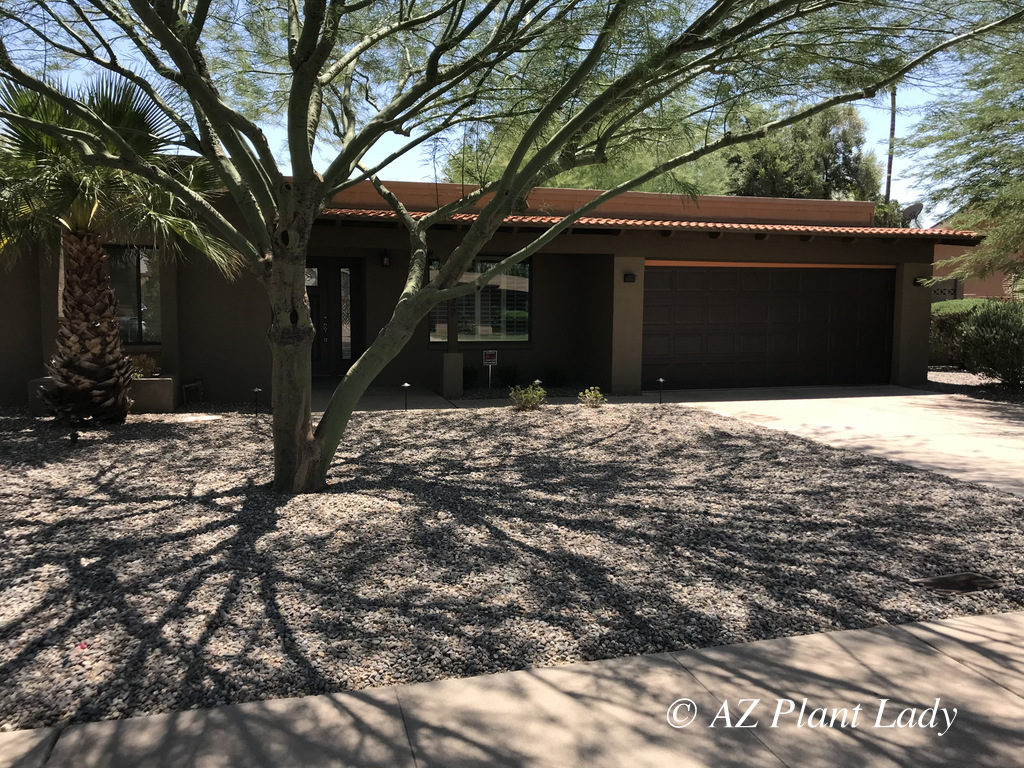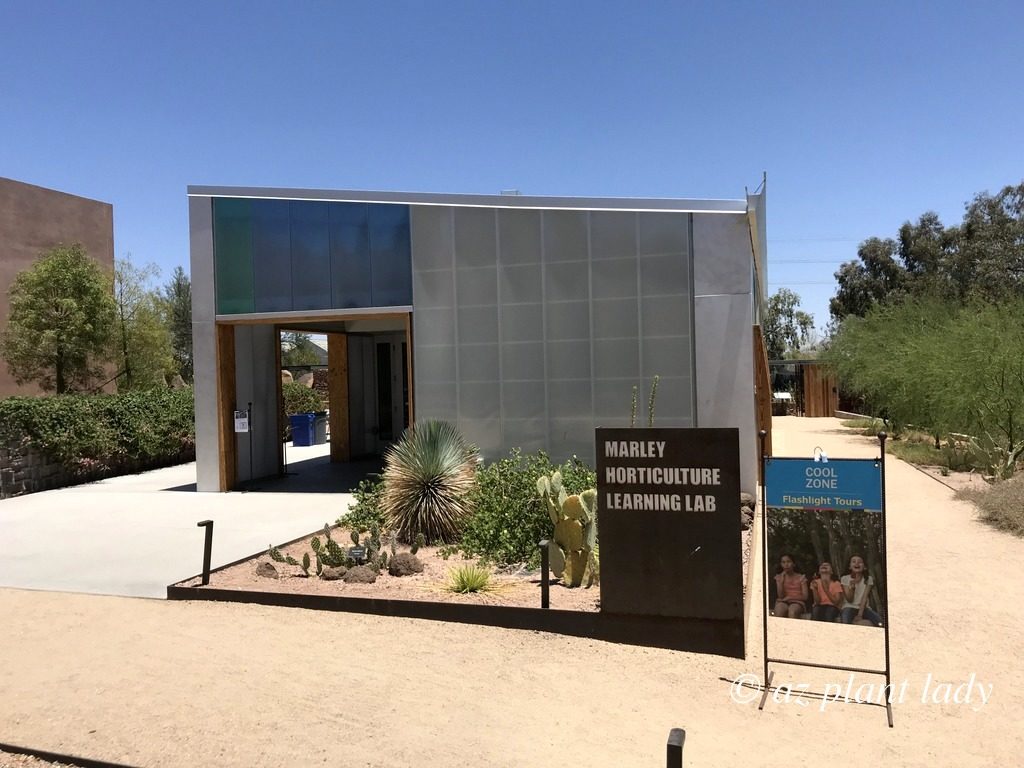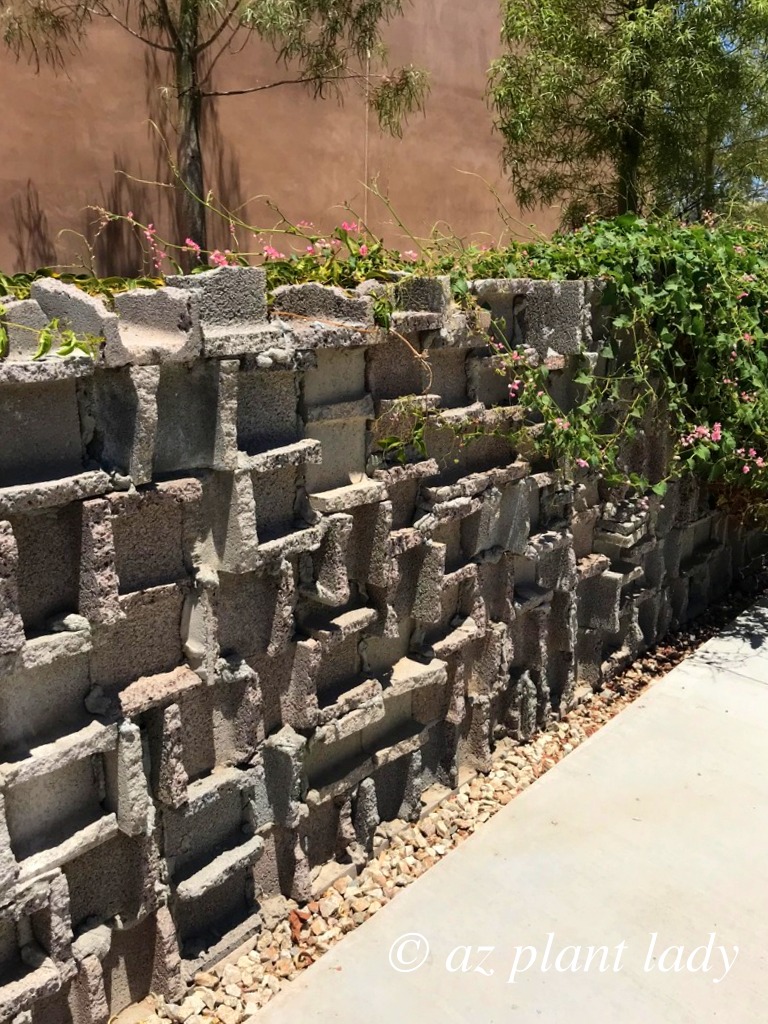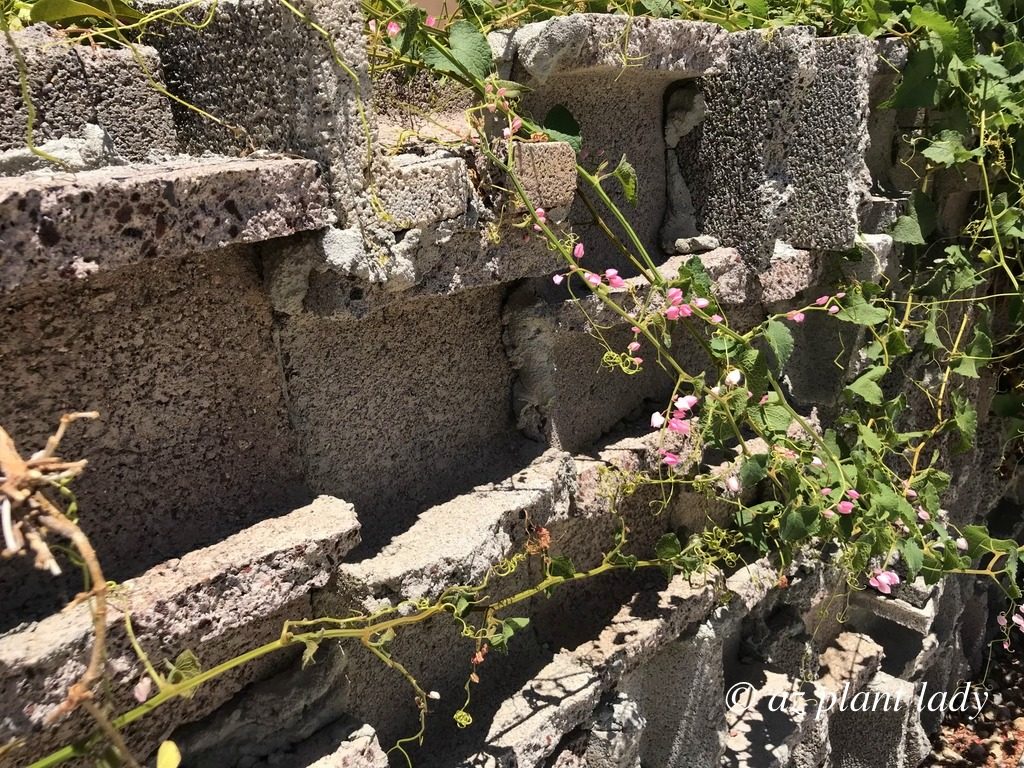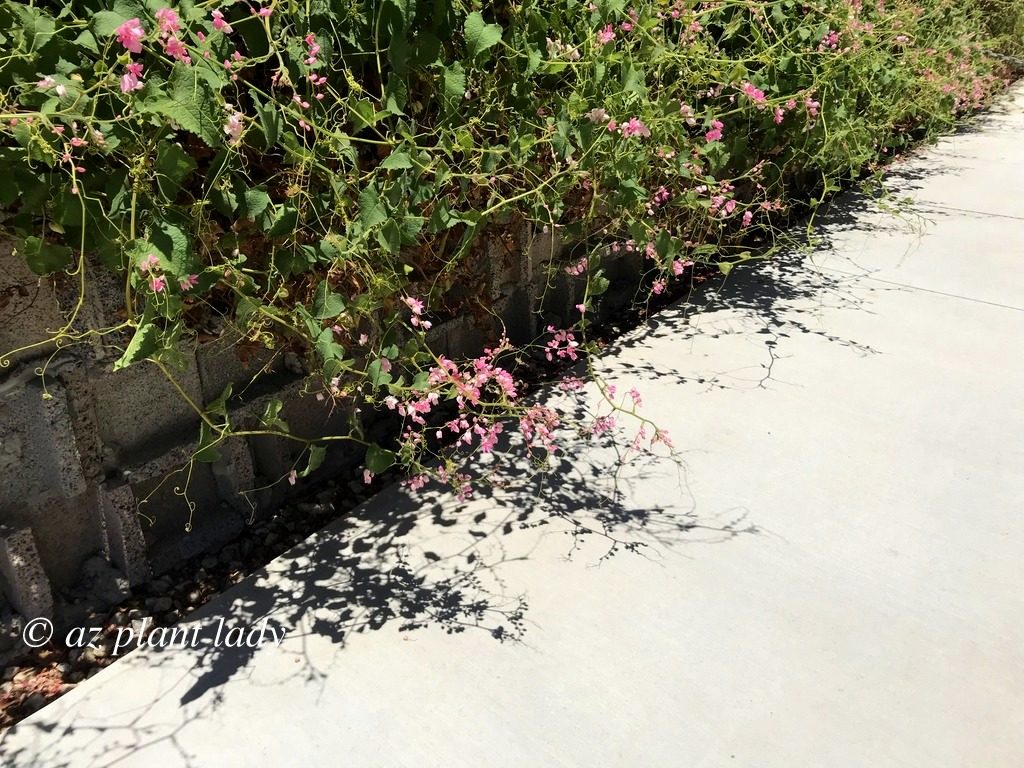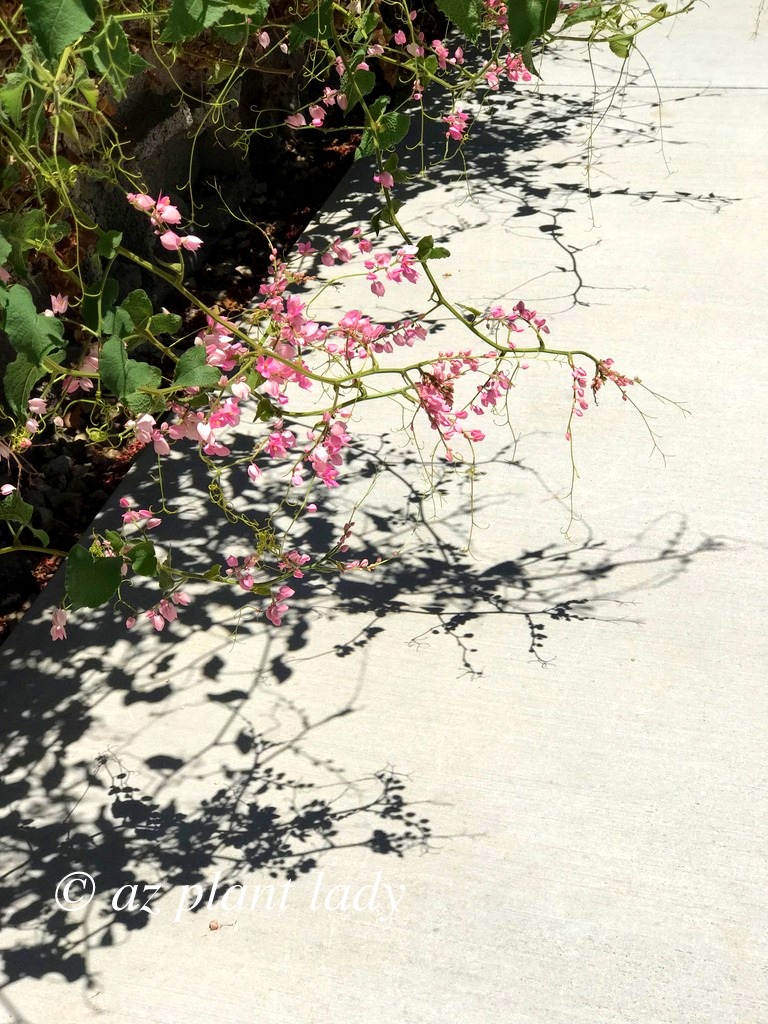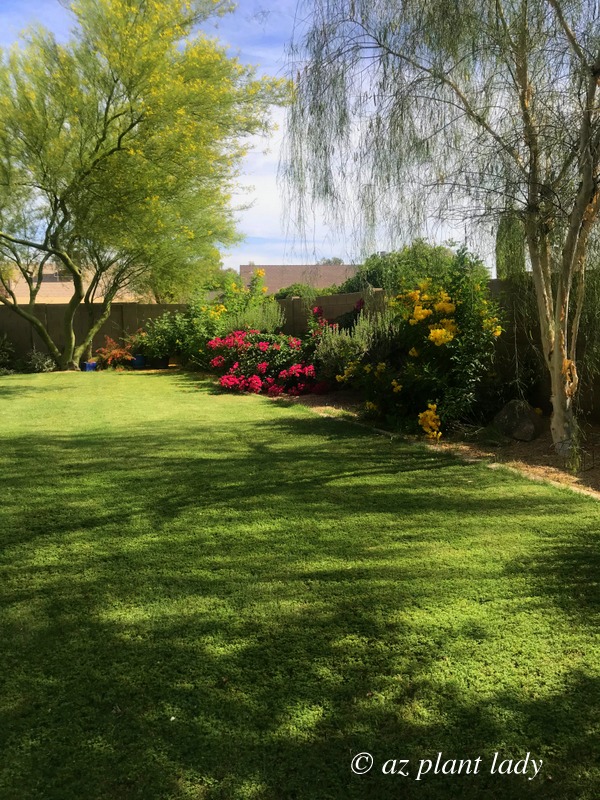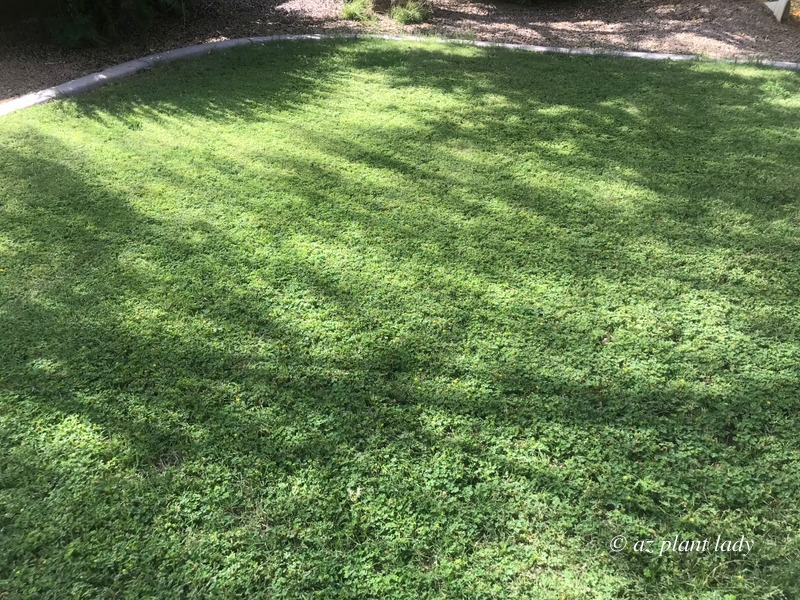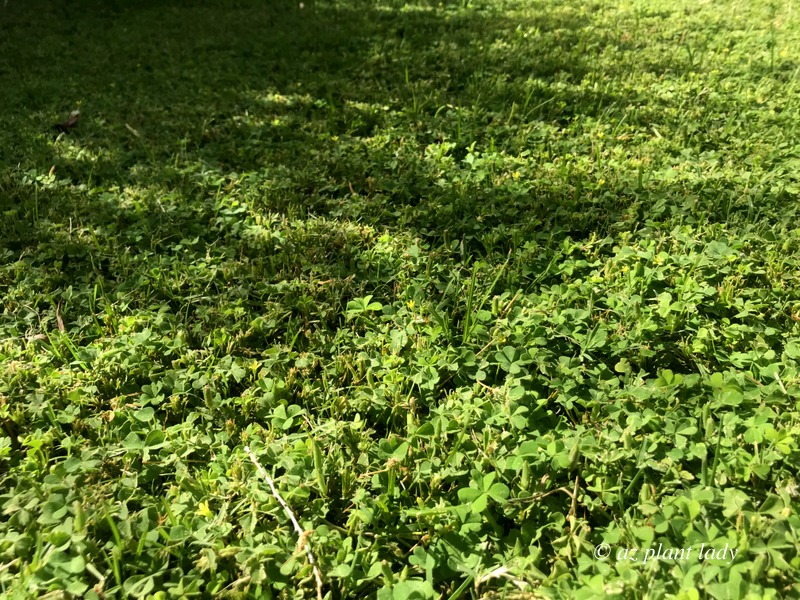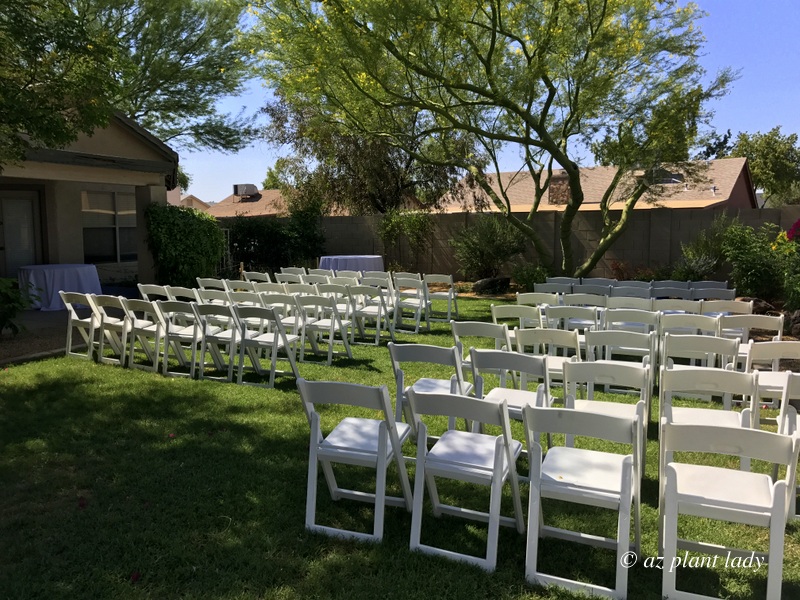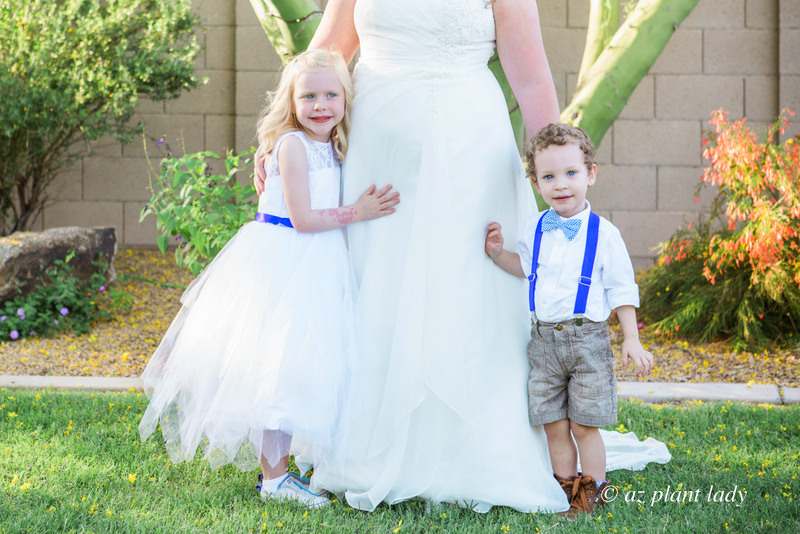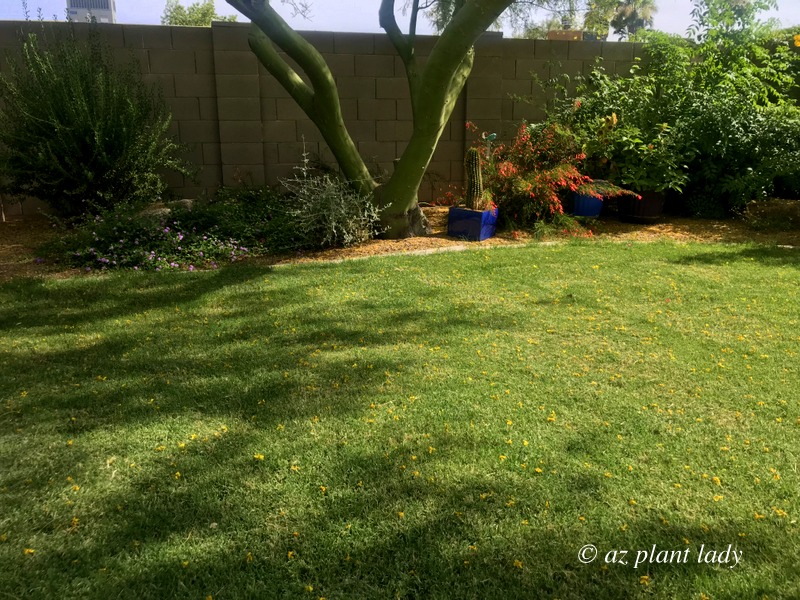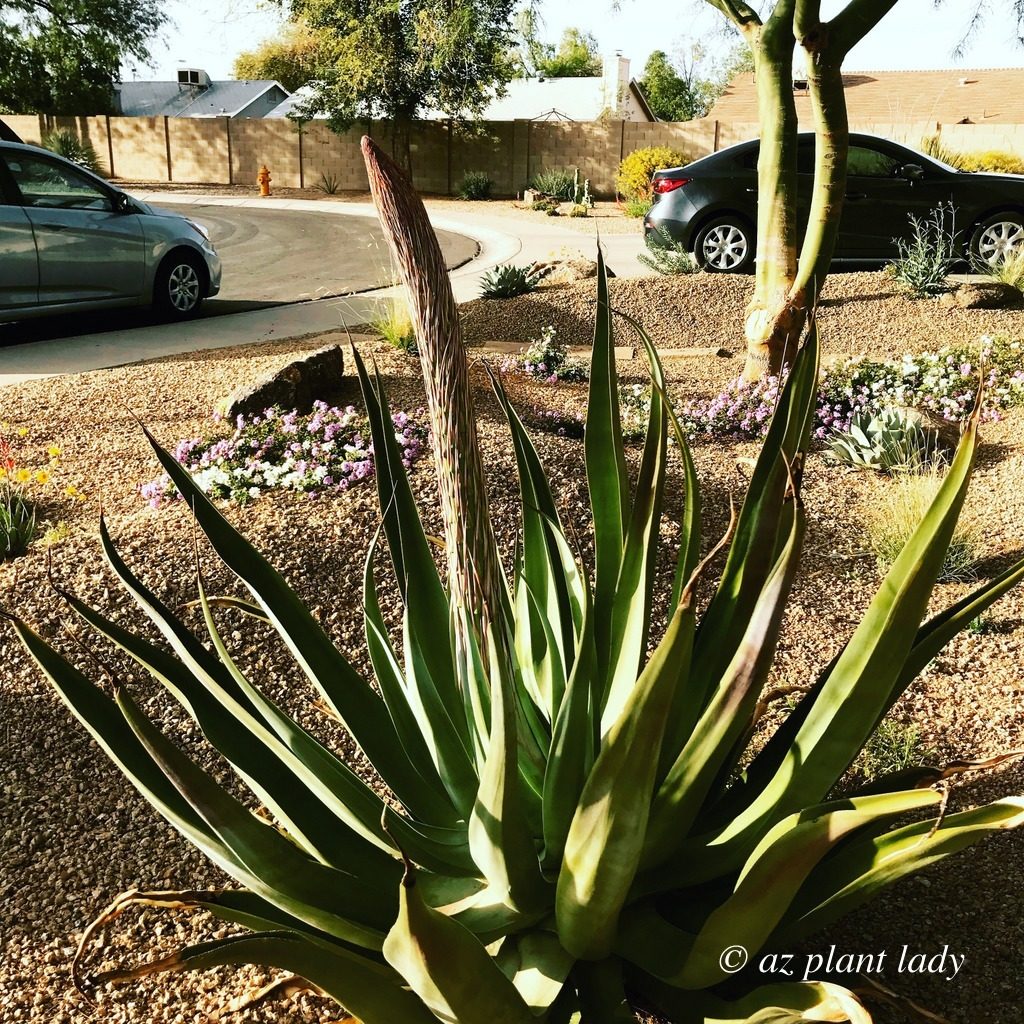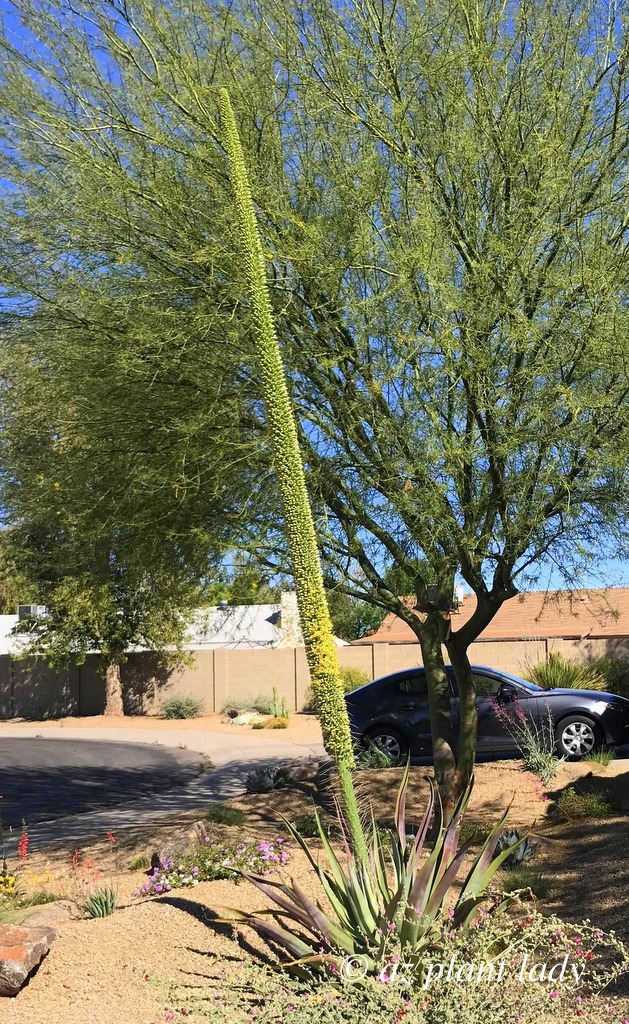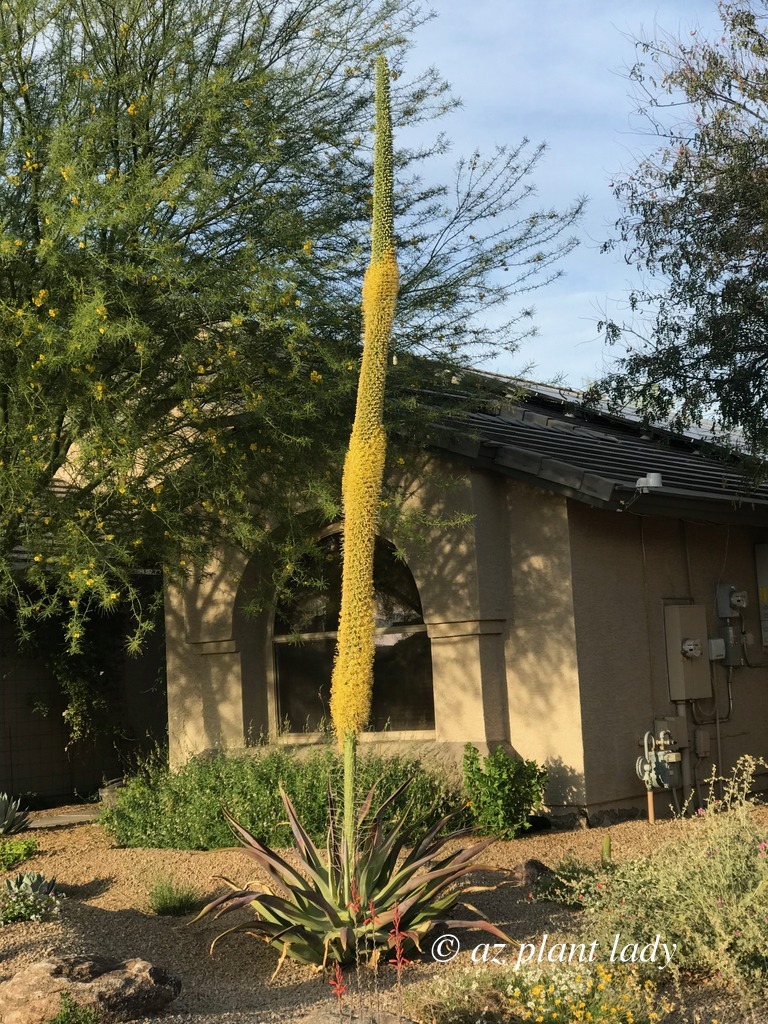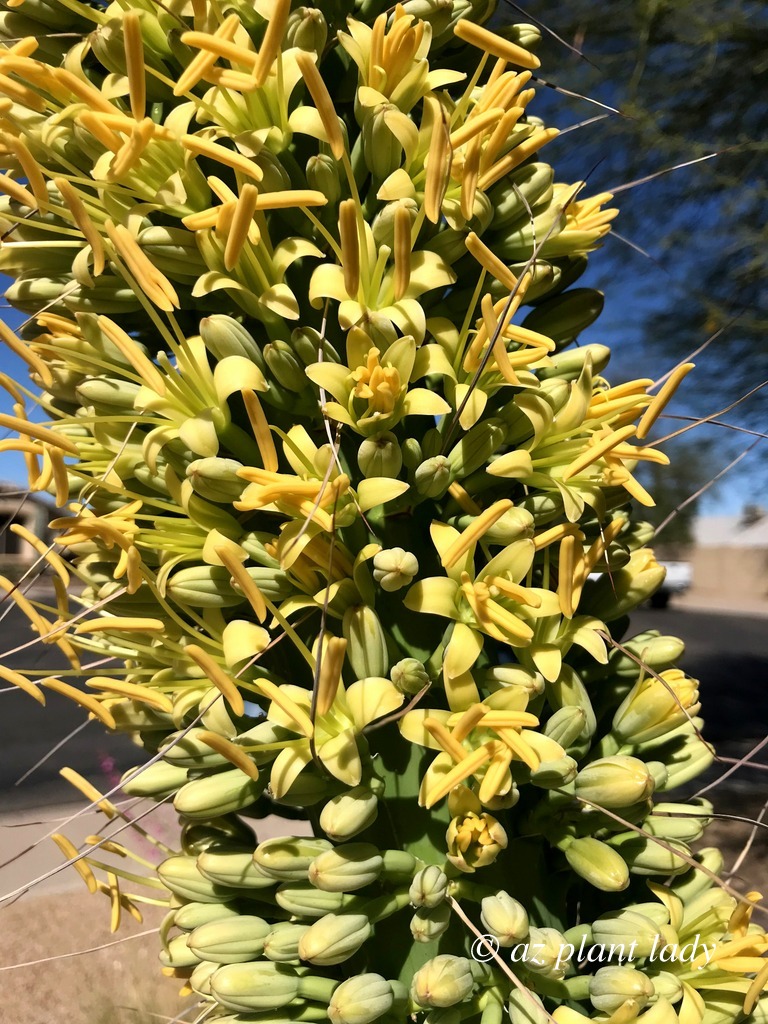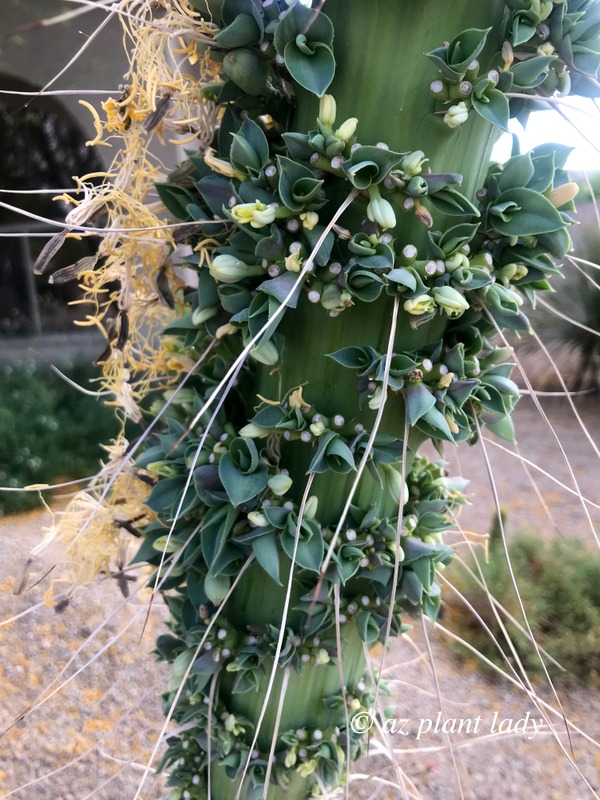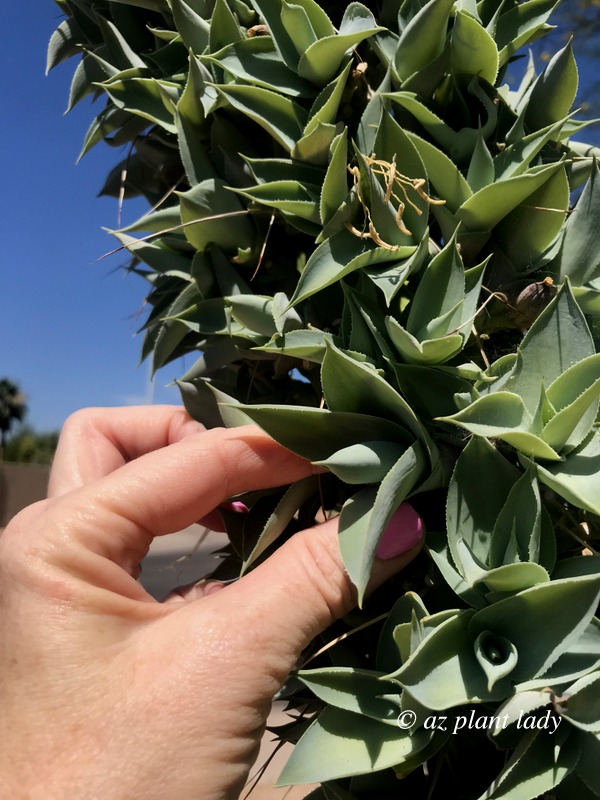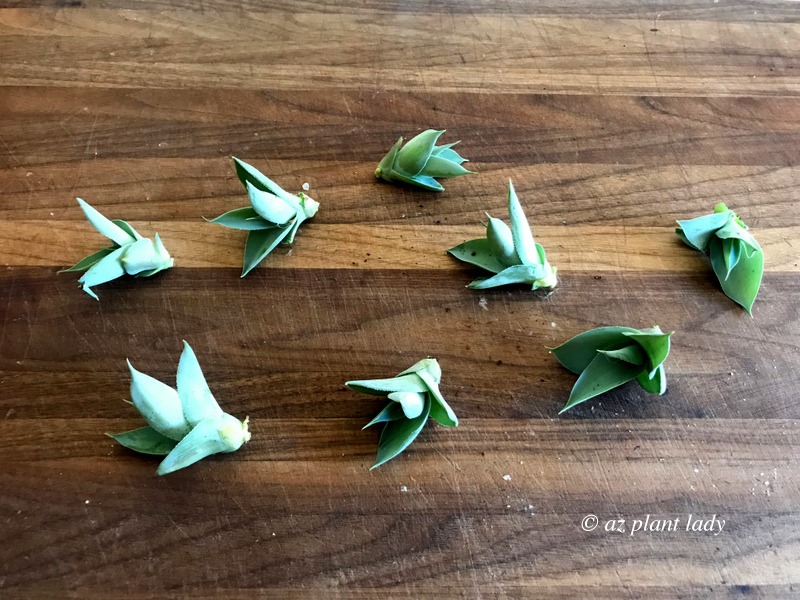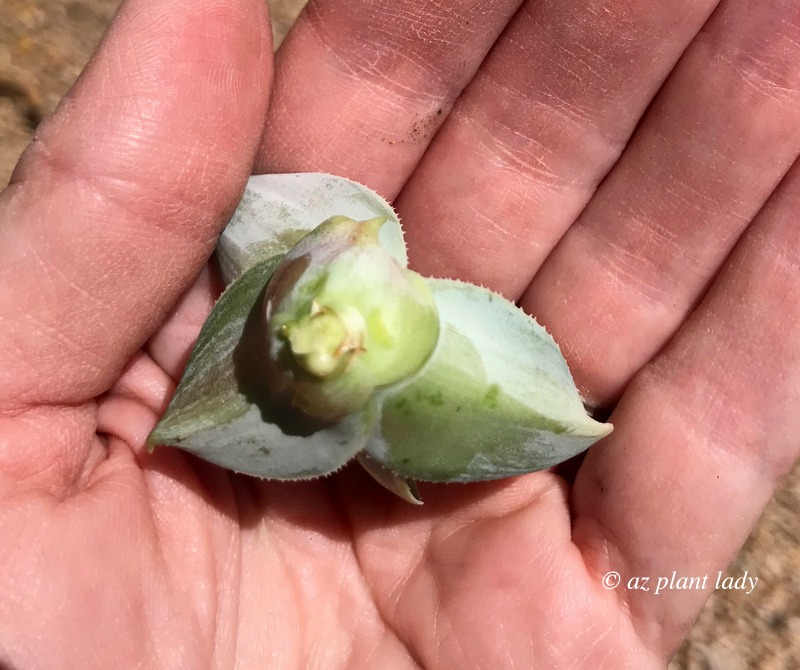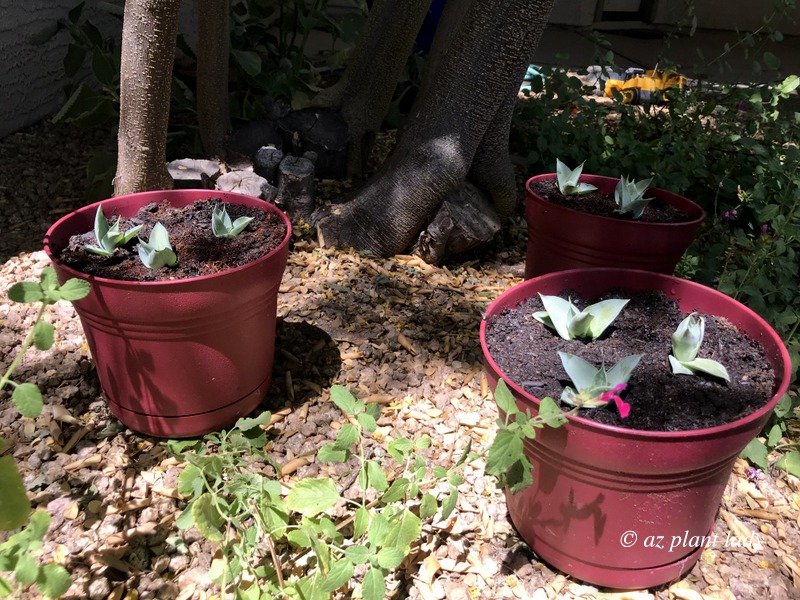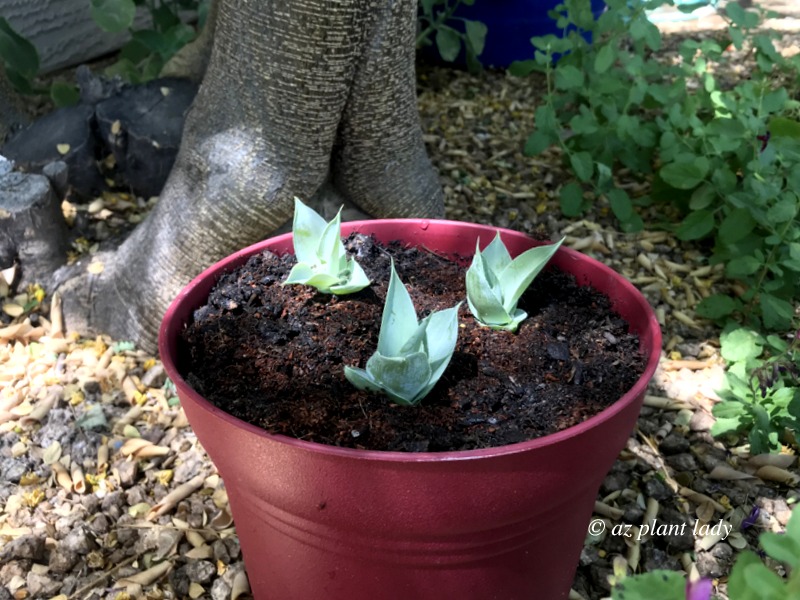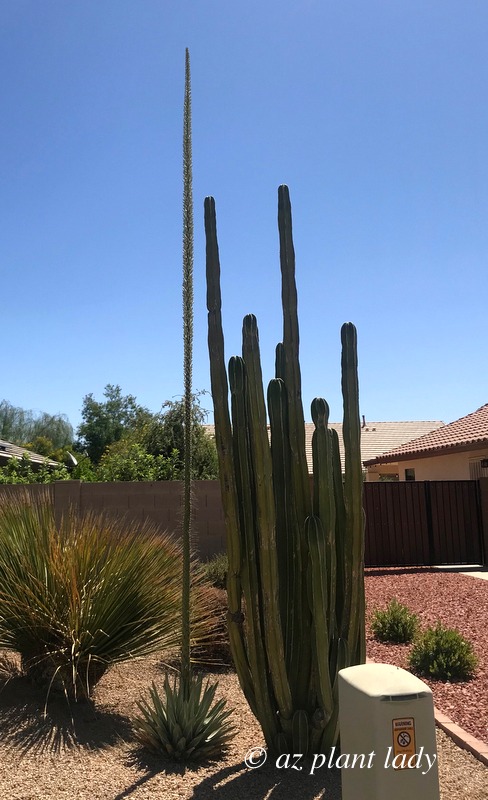Unlocking Desert Gardening Success
For my longtime followers who are desert gardeners, you may have noticed that I haven’t been blogging as regularly as before. Well, I am excited to tell you the reason why.
But first, a little background. I help desert gardeners in my work as a landscape consultant where I meet with my clients and give them the knowledge and tools that they need to create, grow, and maintain a beautiful outdoor space that thrives in a hot, dry climate.
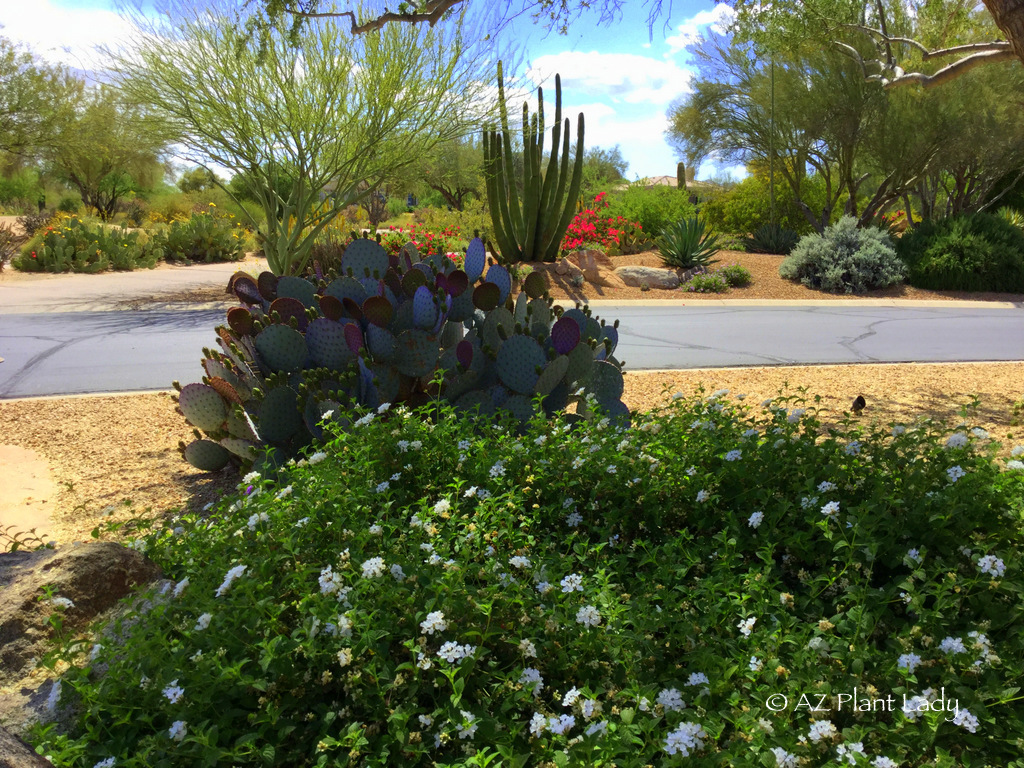
White trailing lantana grows nearby a Santa-rita purple prickly pear
Helping Desert Gardeners Thrive in Arid Climates
Many of you know that gardening in the desert can be challenging and it is hard to find resources to help you to learn the “right” way to do things. As a result, my phone was ringing off the hook with people who needed my help. Unfortunately, there aren’t enough hours in the day to help everyone, and I soon became overwhelmed with work and exhausted.
Navigating Desert Gardening Challenges
So, I began looking for a way that I could reach more people to give them the help they needed. All winter long, I worked hard on my ‘new project’ and debuted it in January to a limited number of desert gardeners. I hoped that they would give me feedback so I could make sure that my new project was what they needed.
What I wasn’t prepared for was their overwhelmingly positive response! I can’t tell you how much that meant to me. I achieved my goal of reaching more people and helping them on their desert garden journey, and it is working!
And now, I’m finally ready to draw back the curtains and share it with you!
Introducing Desert Gardening 101

Desert Gardening 101 is a way that you can learn how to create, grow, and maintain a beautiful garden that thrives in the desert. I’ve combined my 20+ years as a horticulturist, certified arborist, and landscape consultant into this class.
What You’ll Learn
- Plant selection and placement
- Watering strategies
- Pruning techniques
- Soil essentials
- Common gardening mistakes to avoid
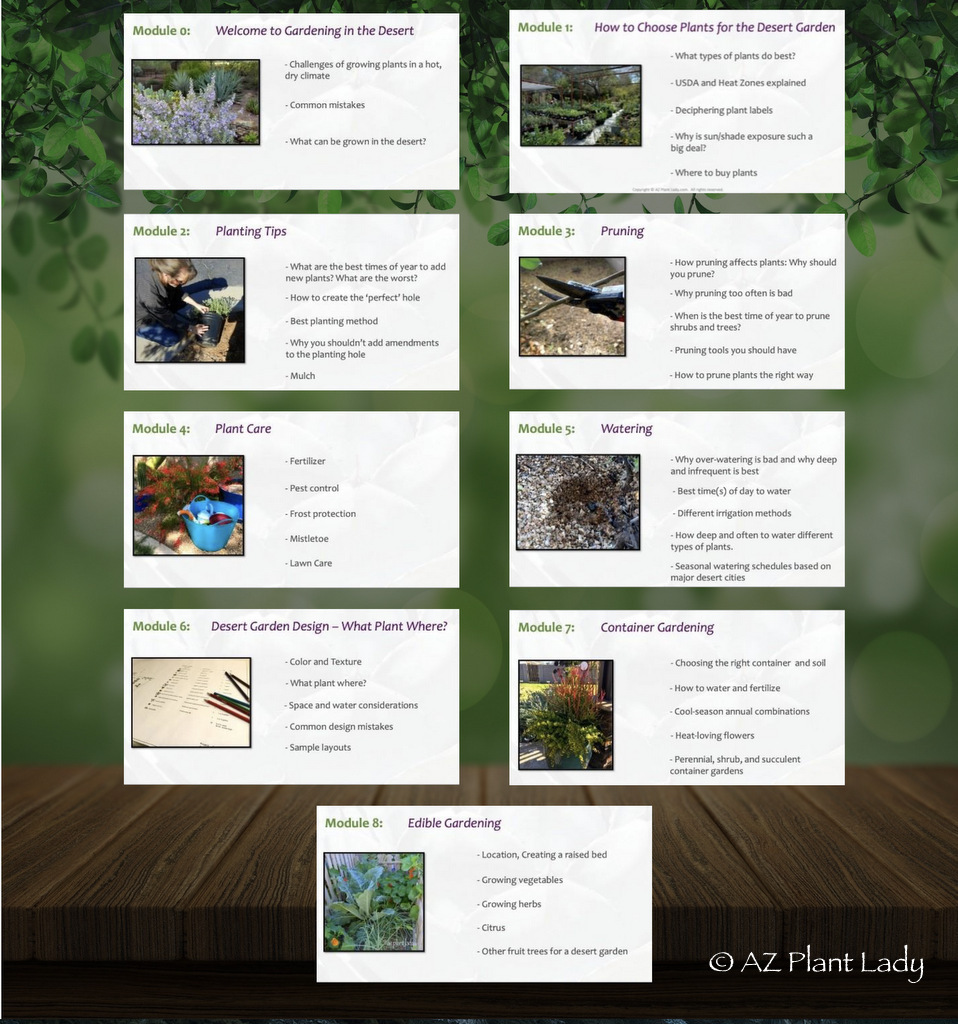
Bonuses for Desert Gardeners
- In-depth plant guides
- Favorite plant recommendations
- How-to guides
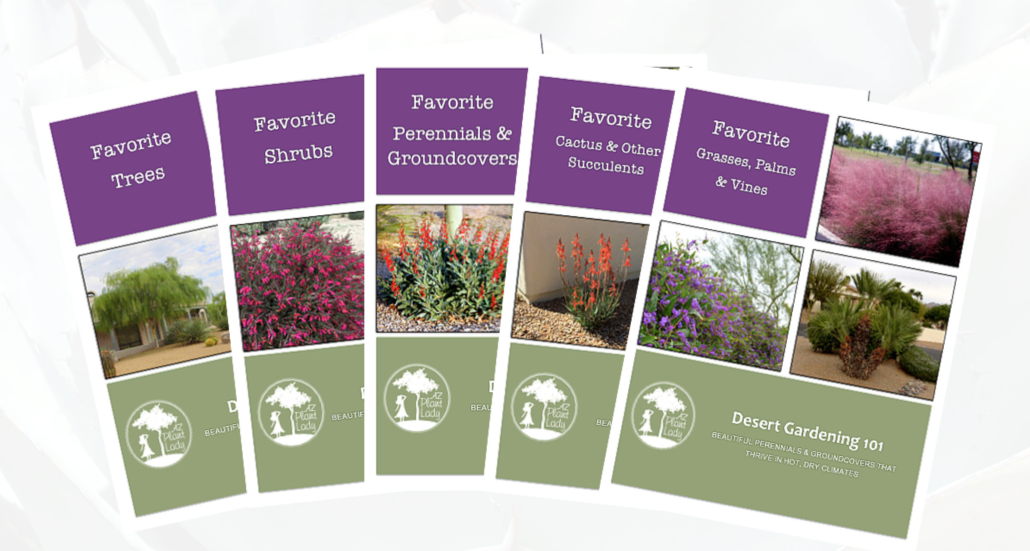
My favorite plants along with growing guides and how to use them
Hear What Current Students Say
“This class has been very informative. We recently moved into a home in AZ with no landscaping in both the front and back yards. Having no experience in desert gardening and spending a lot of time online researching this subject. I came across the AZ Plant Lady and was happy to see there was an upcoming class on Desert Gardening. We signed up immediately.
This class is very helpful, and I’m sure it will keep us from making expensive mistakes in our new landscape and saving many hours of research. We can’t wait to start planting. Thank you for sharing your knowledge.” – Laurie Wolf
Learning About Watering and Soil Issues
“I have really enjoyed Desert Gardening 101 and have learned so much! Talk about a learning curve! Everything about gardening here is a complete 180! Yikes. I have killed more plants in the past three years, that I ever did in the many, many years I gardened in Milwaukee! I wish that I would have had the opportunity to learn all that I am learning now before we hired a landscape firm to landscape our yard.
We had a clean slate – a brand new construction with nothing but dirt surrounding our home! I knew very little about the desert, the plants and trees that grow best here and how to plant and care for them, soil to use, the watering “issue,” let alone design. We are now in the process of fixing the problems, thanks in large part to the knowledge I am gaining through Desert Gardening 101! I still have a ton to learn, but I’m making lots of progress with the weekly modules!
Thanks, Noelle for making this a very informative and worthwhile course for all of us trying to learn the ins and outs of desert gardening! – Barb Terschan
A Phoenix Resident Learns About Shrubs
“A Phoenix resident for many years, I recently moved from downtown to a house on the mountain preserve and wanted to flow into the desert with native and low water desert plants. That is when I found AZ Plant Lady and started learning. This class has been a huge help in this transition. I have learned I’ve been planting my new plants too deeply and watering way too much. The pruning session was an eye opener, also. Now I know when and how to prune my shrubs. The many plant suggestions provided have narrowed my search when visiting nurseries and has kept my focus on what really thrives in the desert. I am gardening with more confidence thanks to this course. Highly recommend!” – Linda Yowell
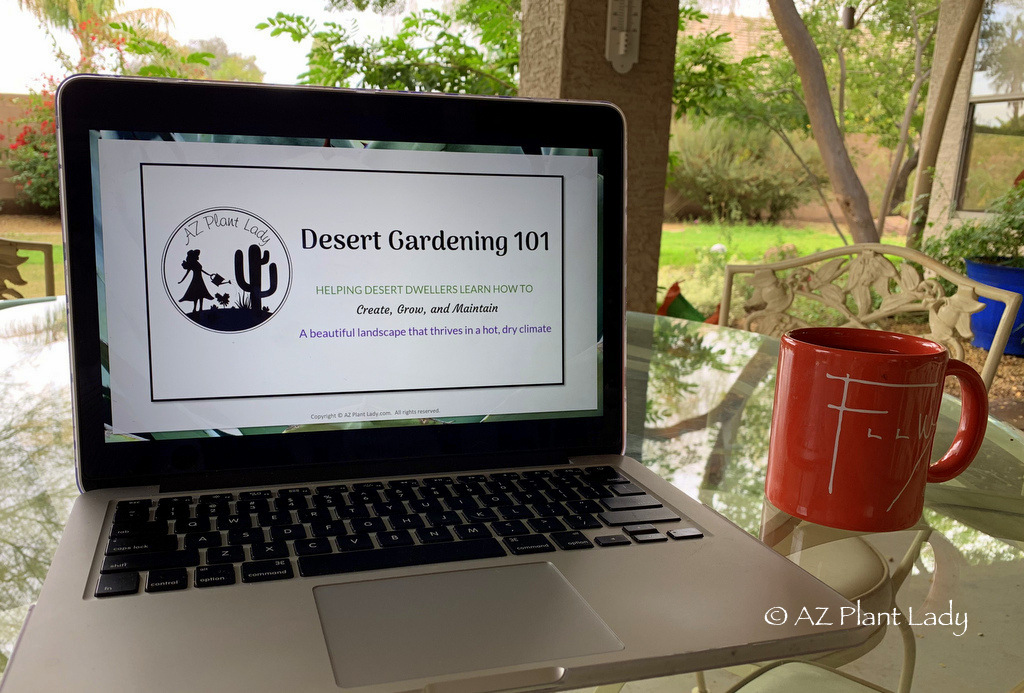
Join the Desert Gardeners Journey
Desert Gardening 101 is an online course that teaches proven landscape strategies that I use myself, and I’ve taught hundreds of my clients who have gone on to succeed in their own landscape goals.
This is a self-study course and you can access it anytime online and view the content at your convenience. Most importantly, you will have lifetime access to the course, so you revisit the classes at any time in the future.
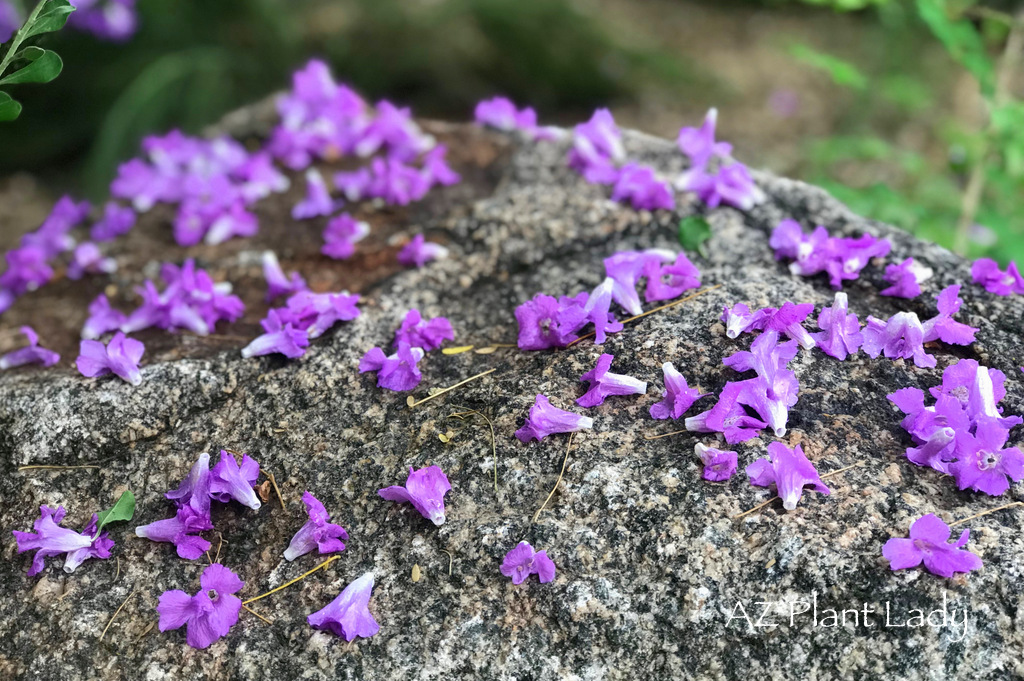
I would be honored to come alongside you on your garden journey! Click here for more information and to register.
*This is by far the most affordable way to work with me at a fraction of the price of my private consultations.
Desert Garden Resources to Guide, Inspire, and Support


